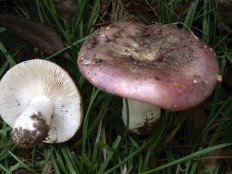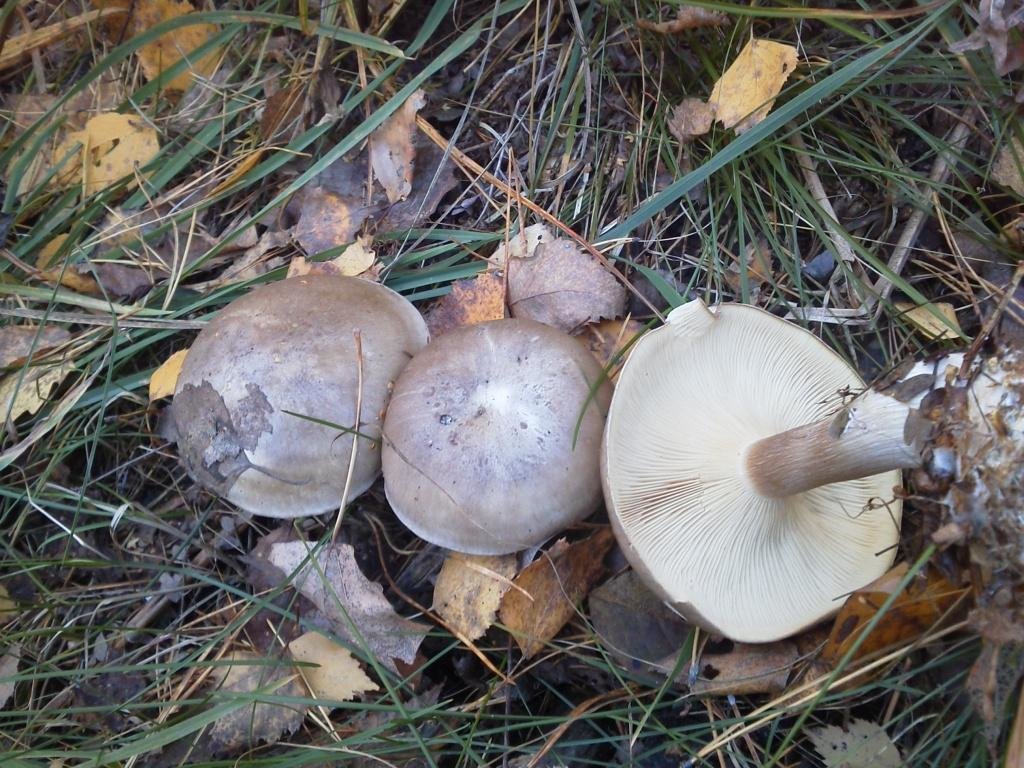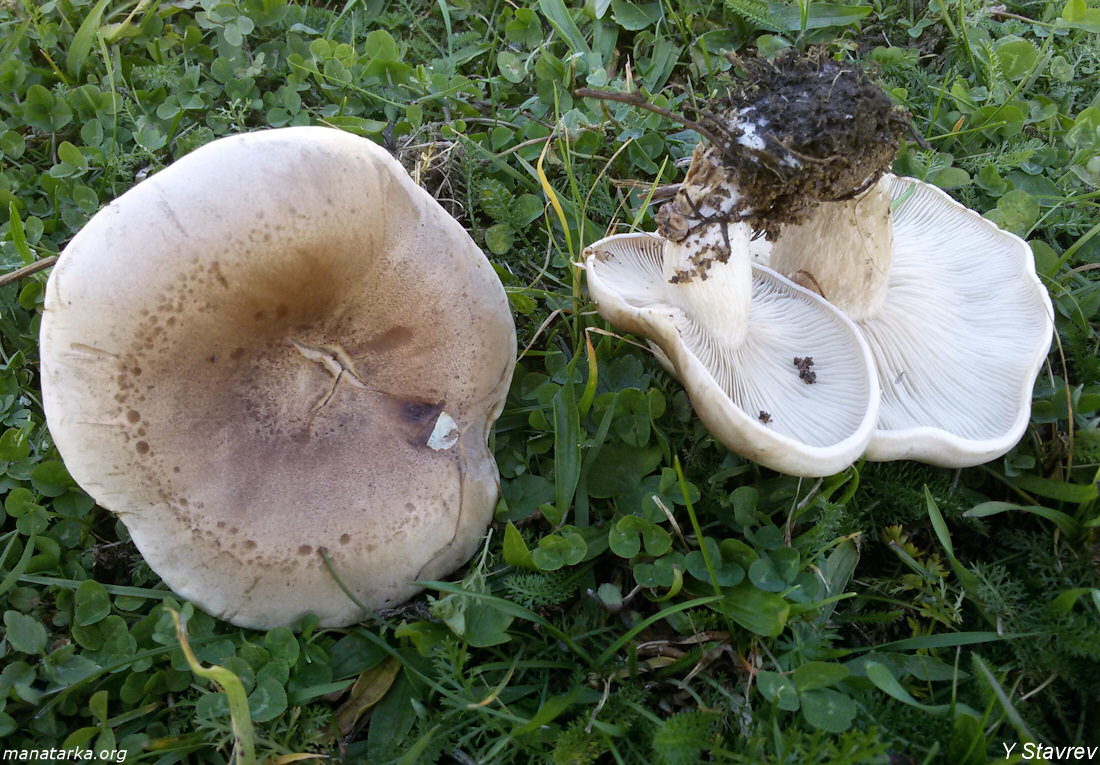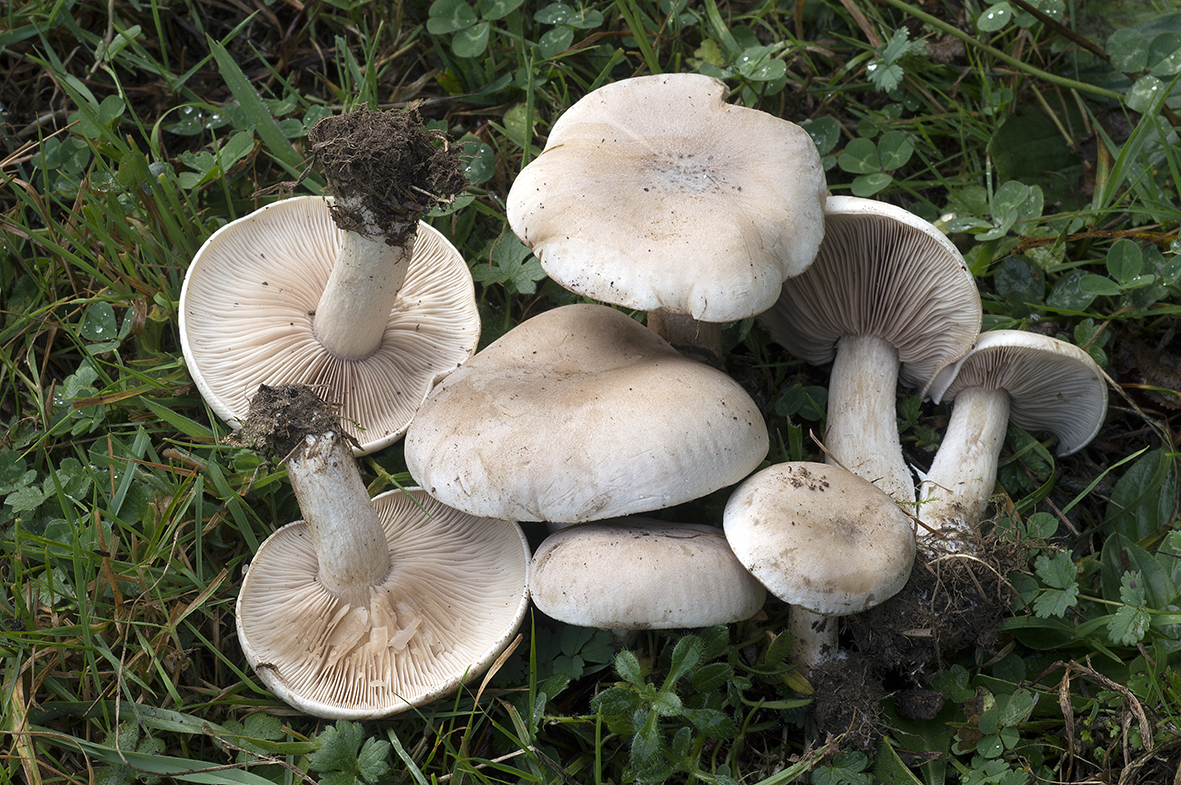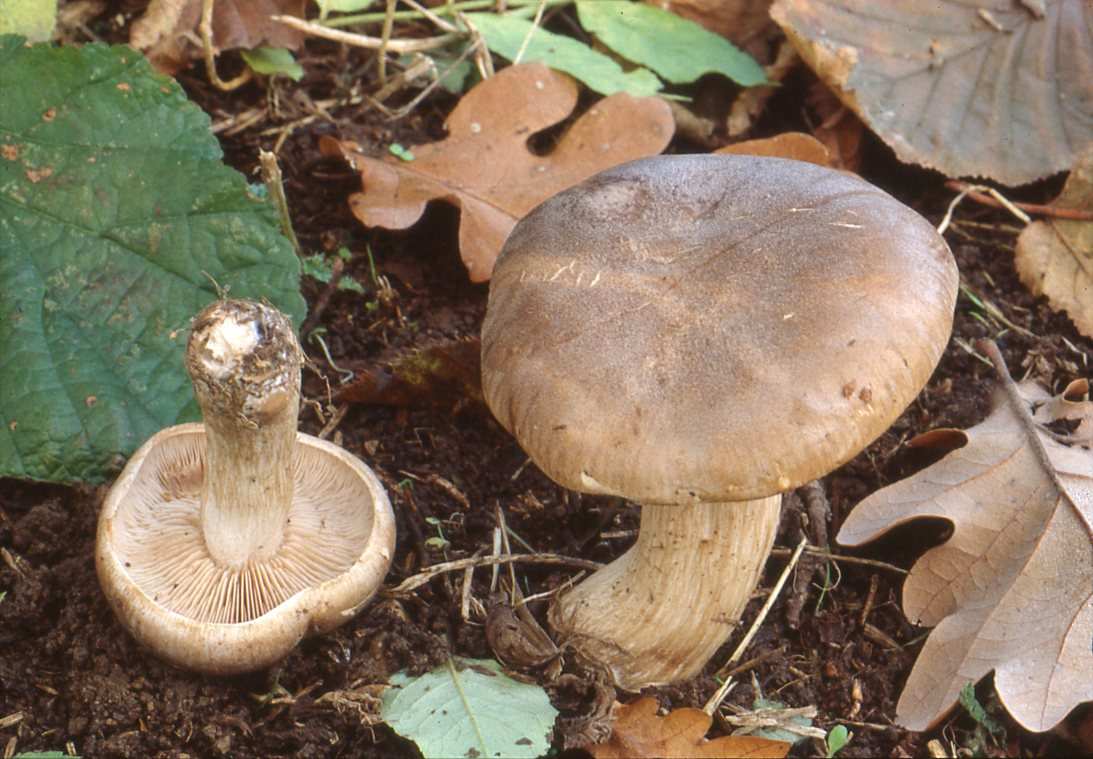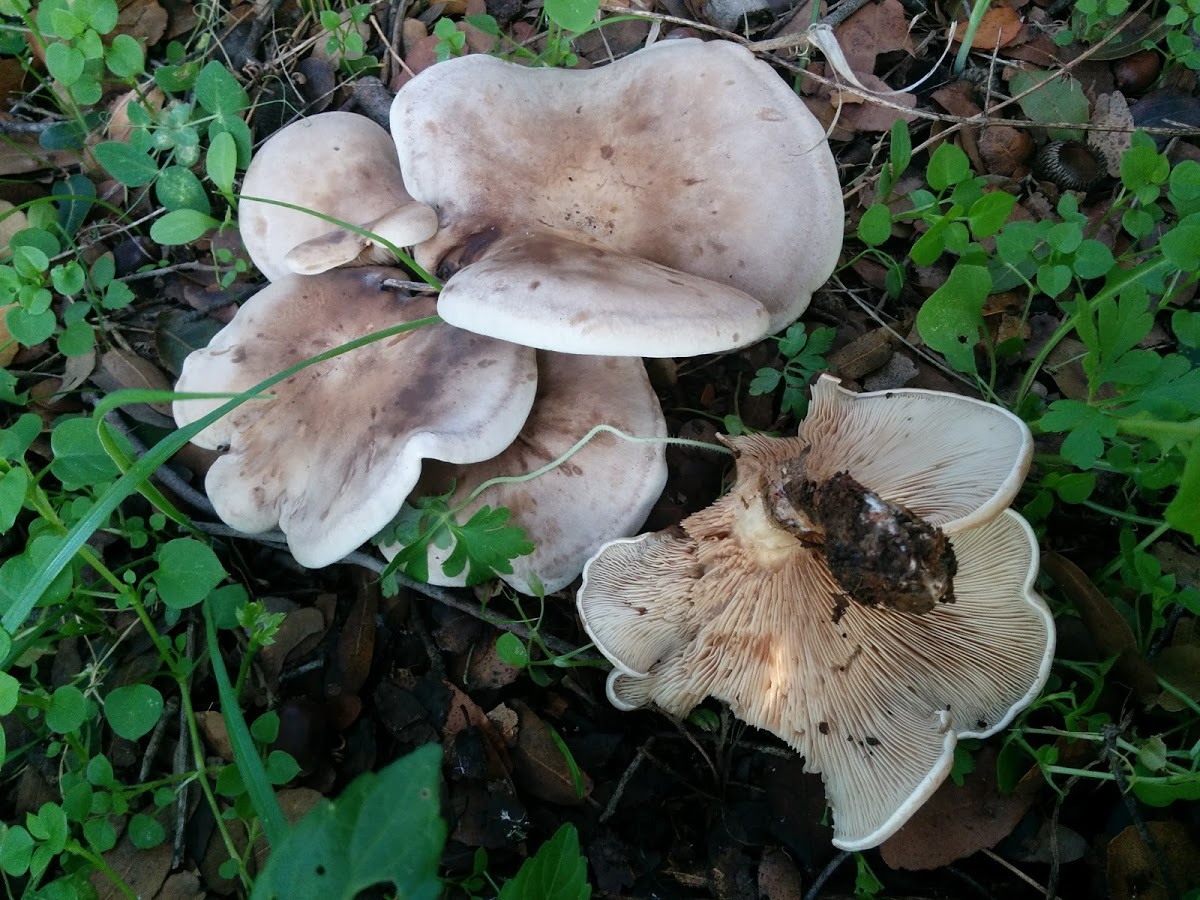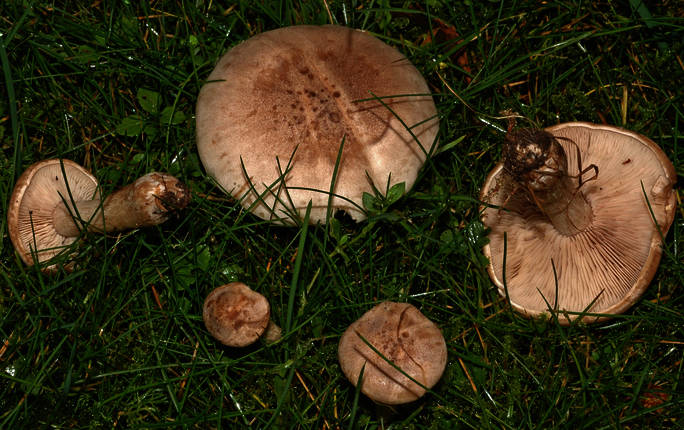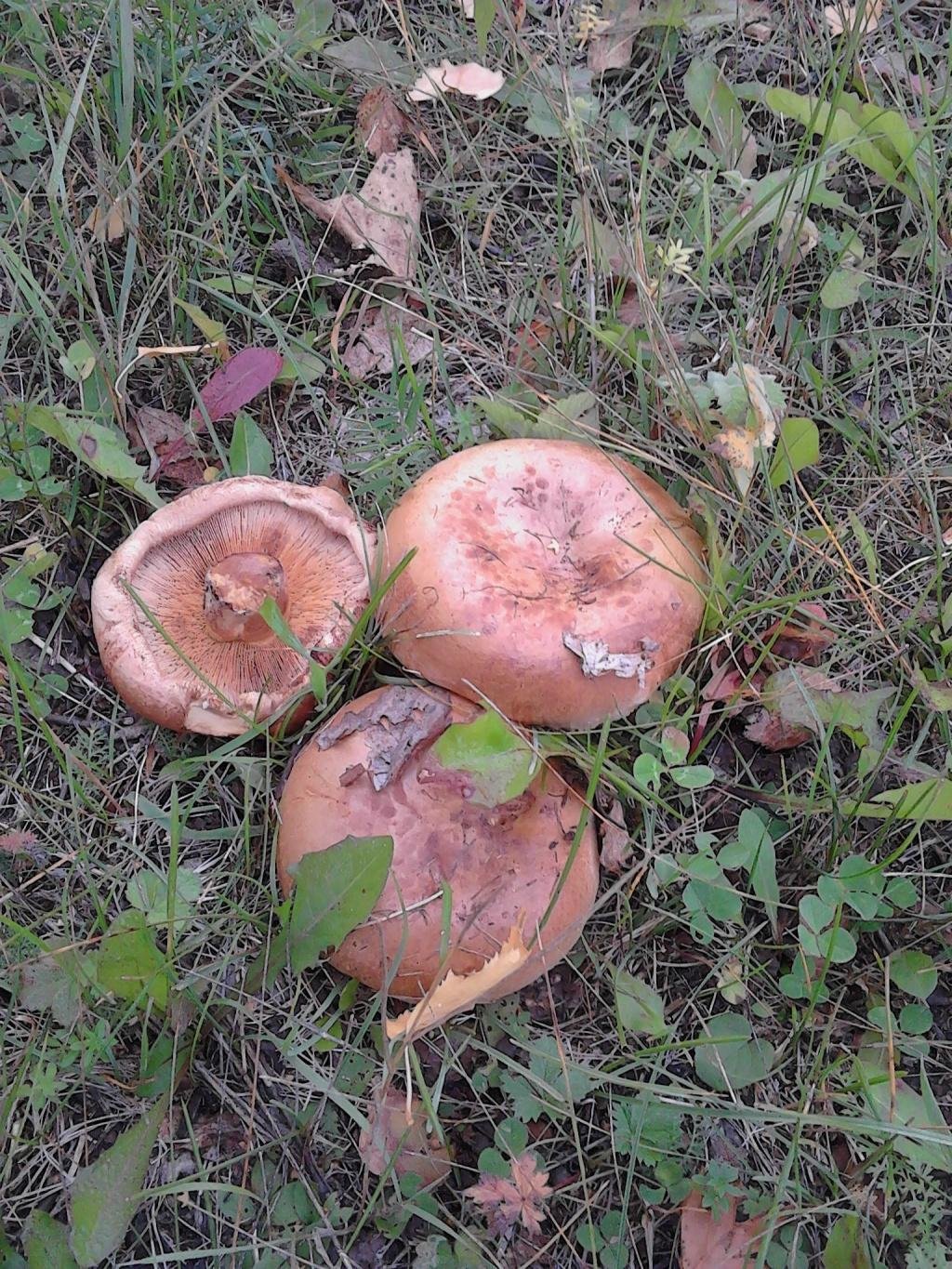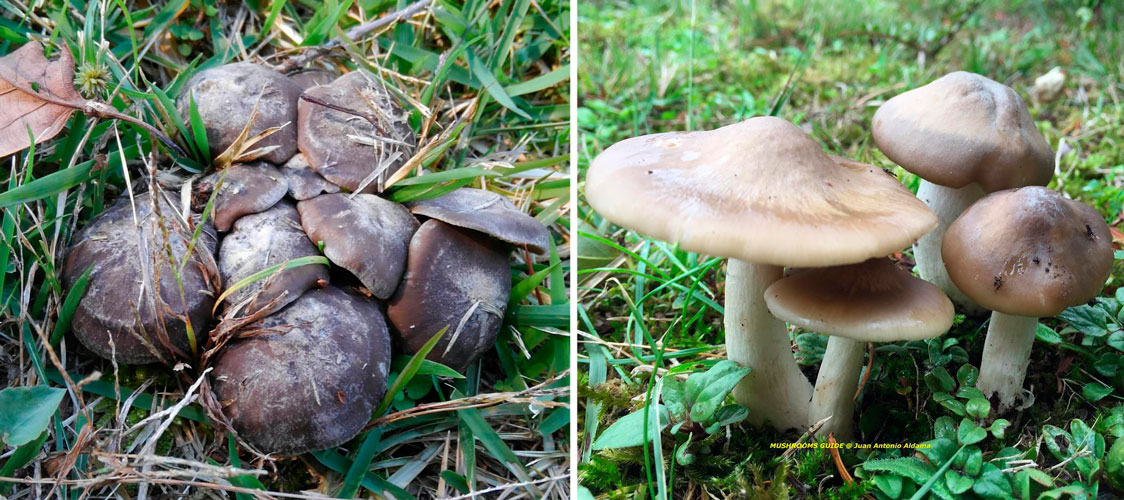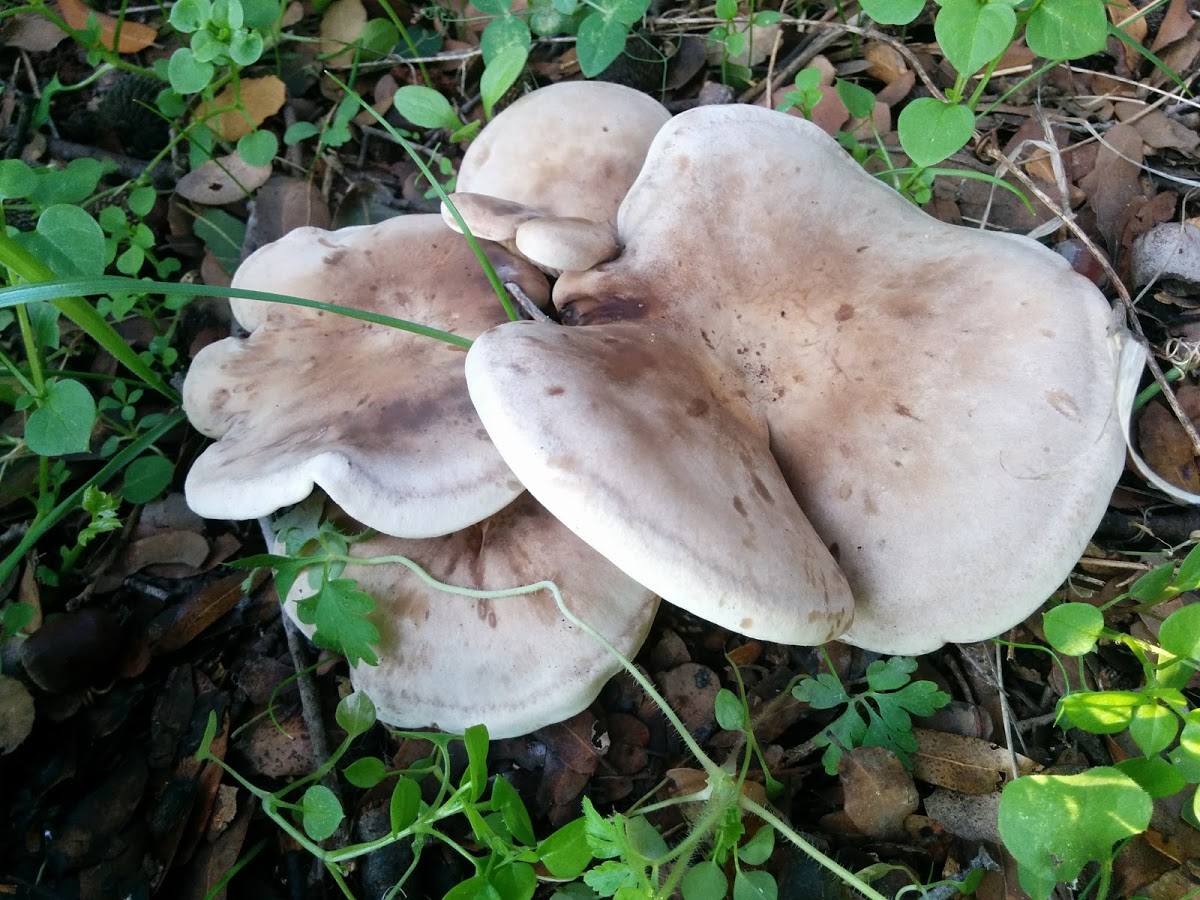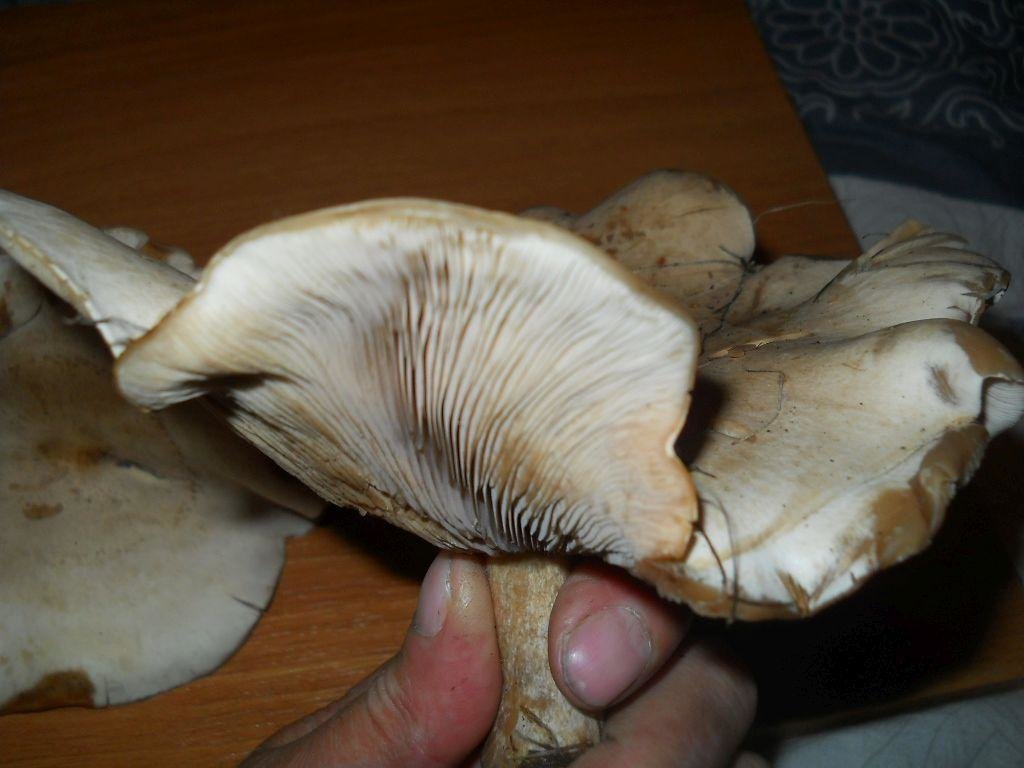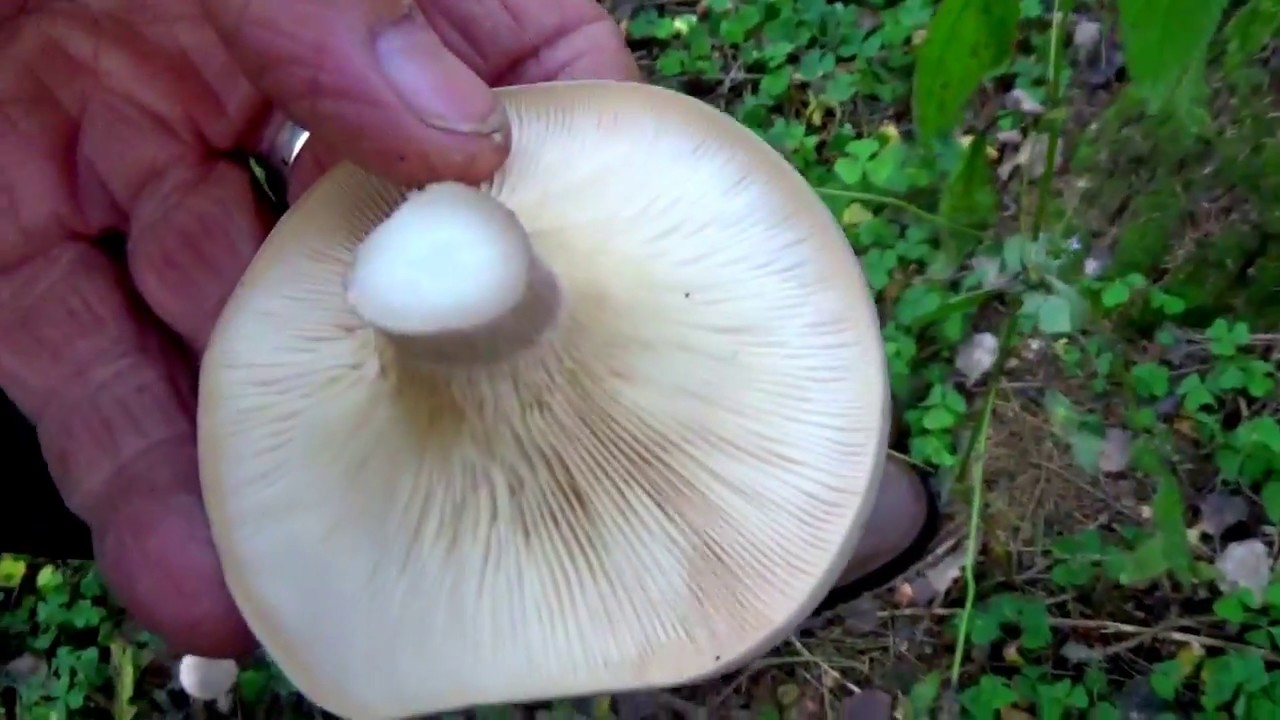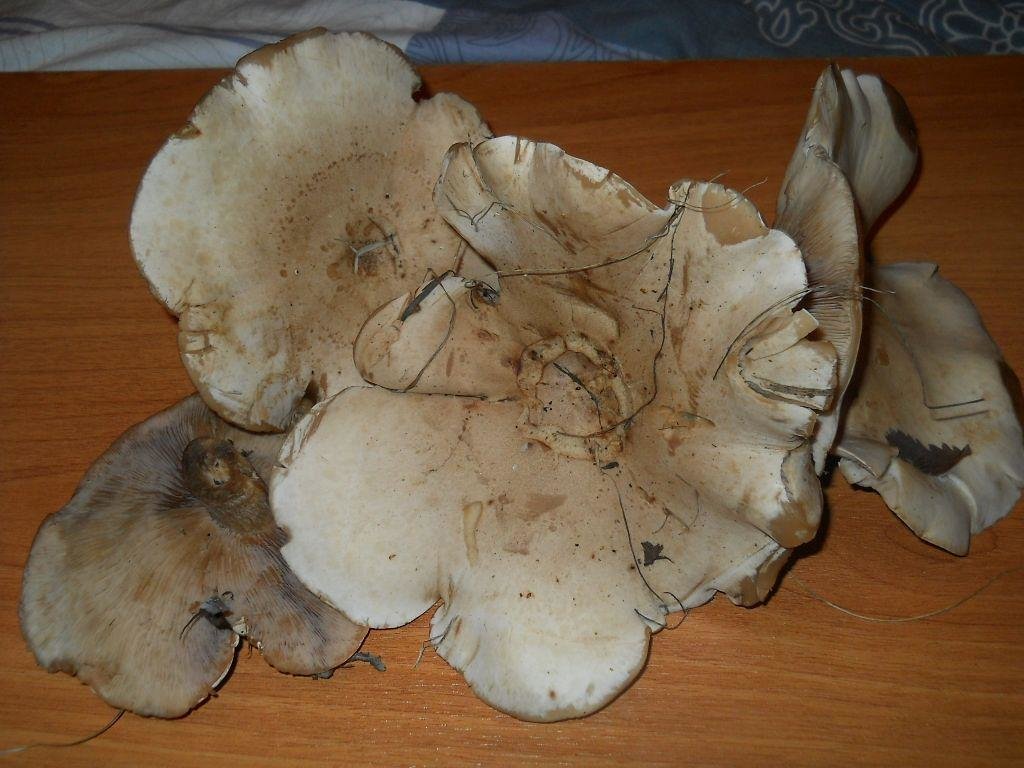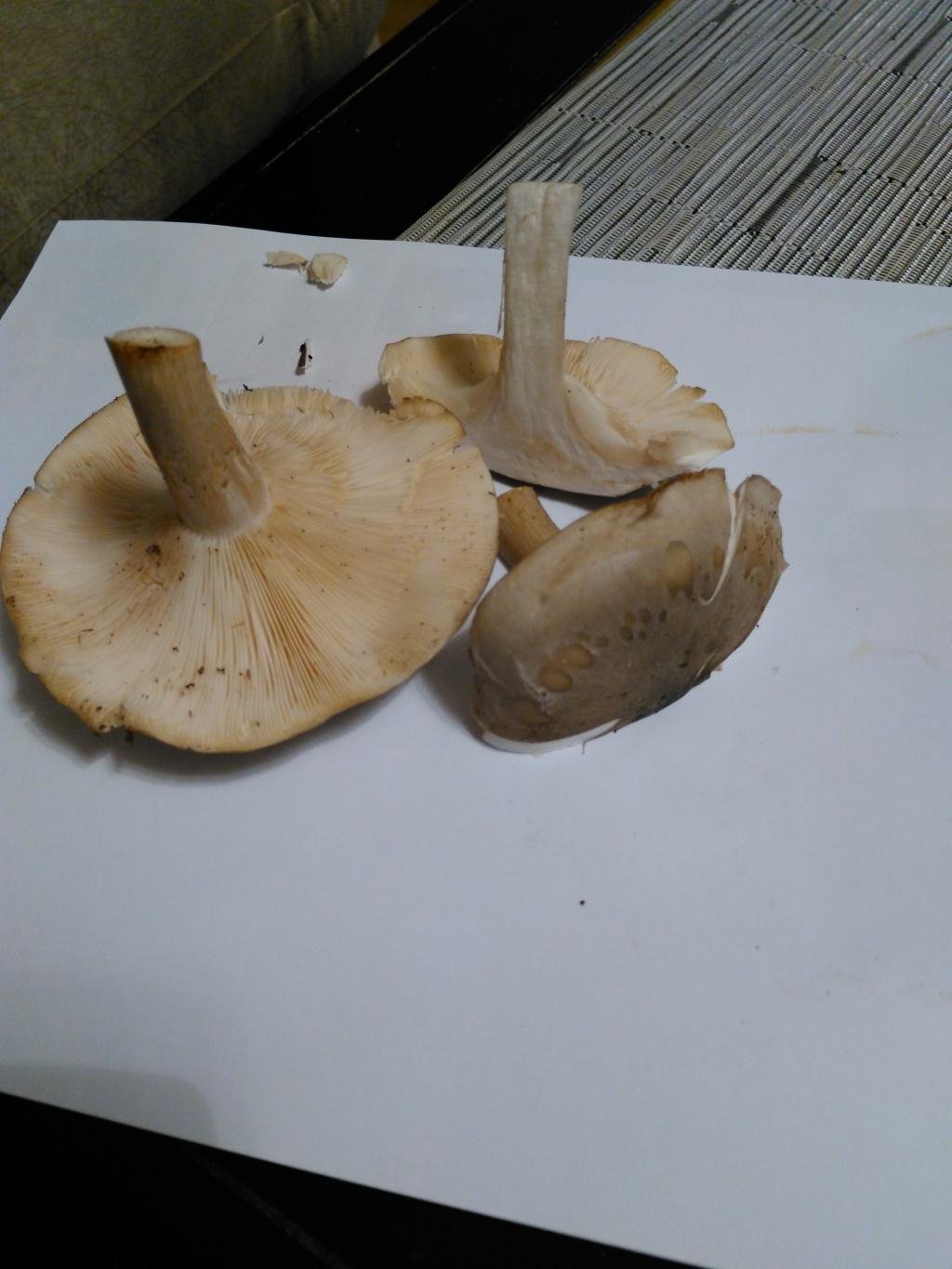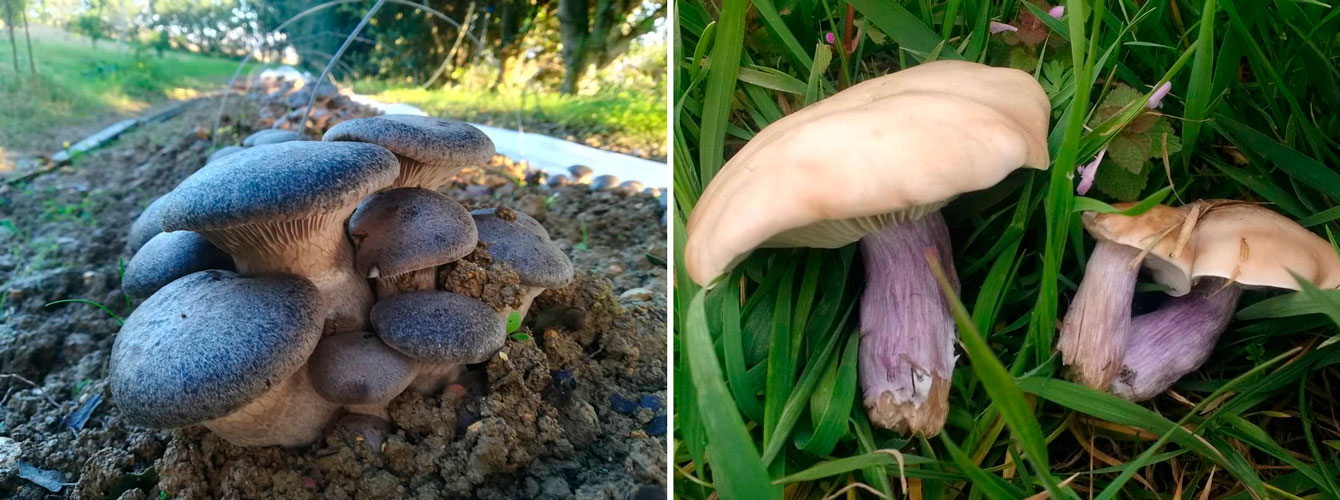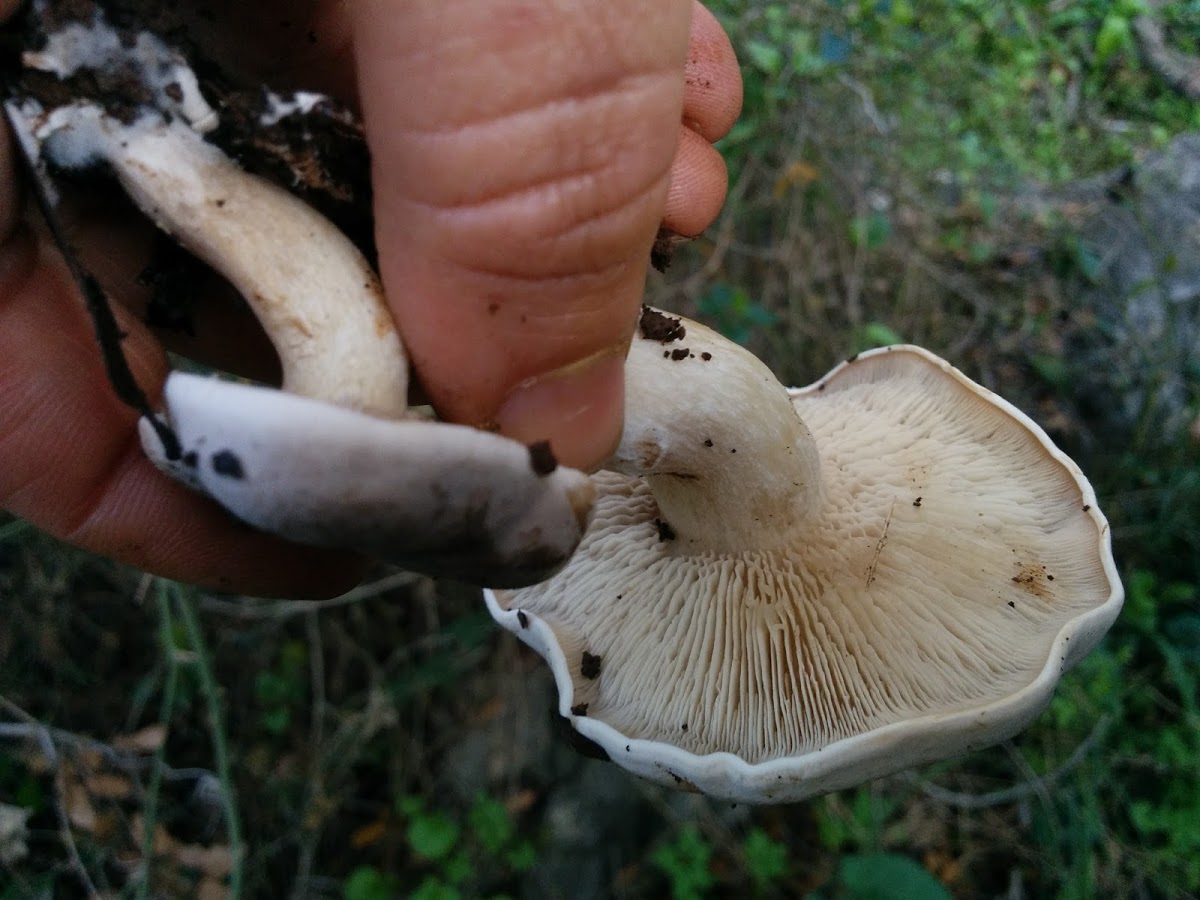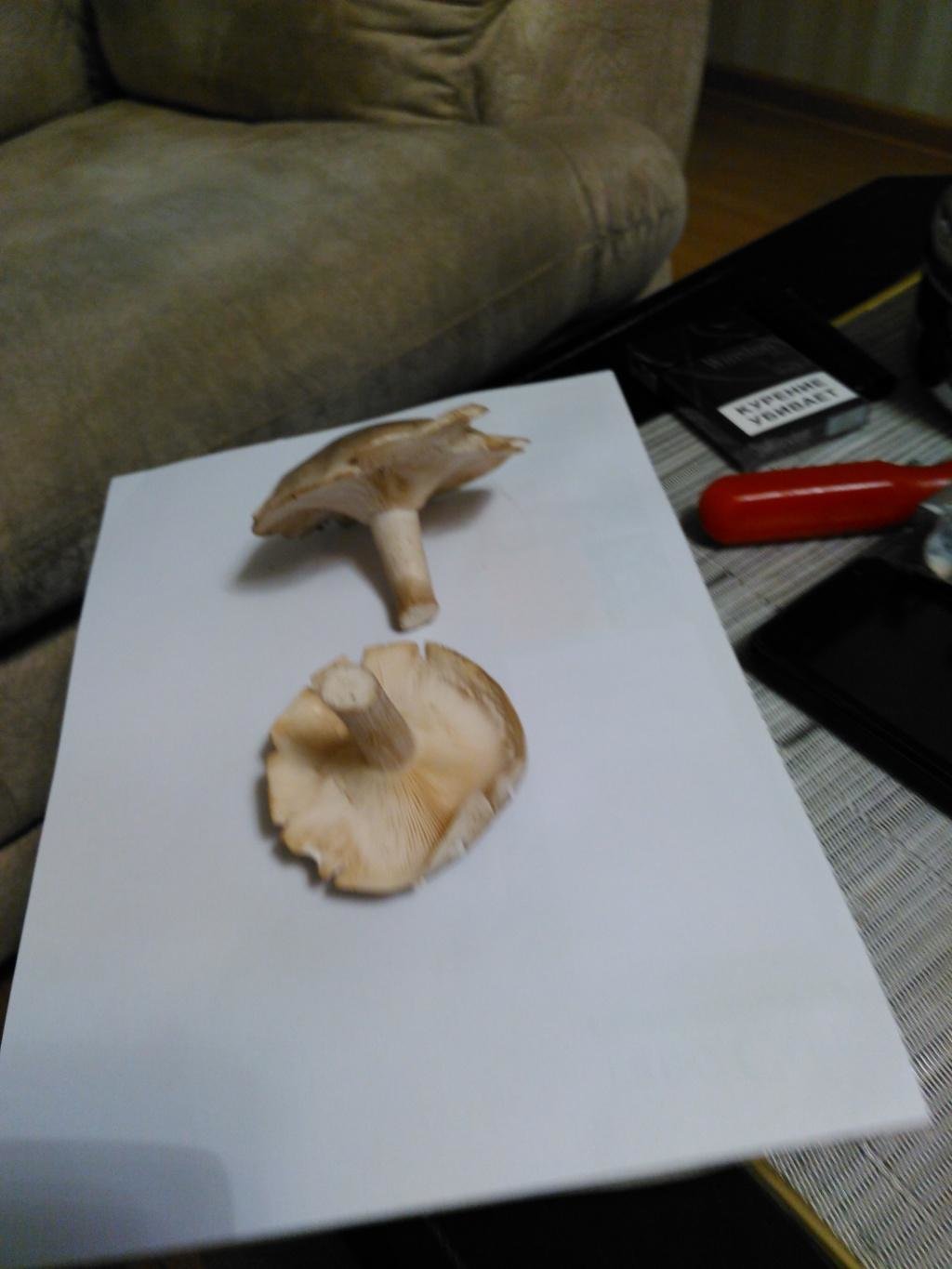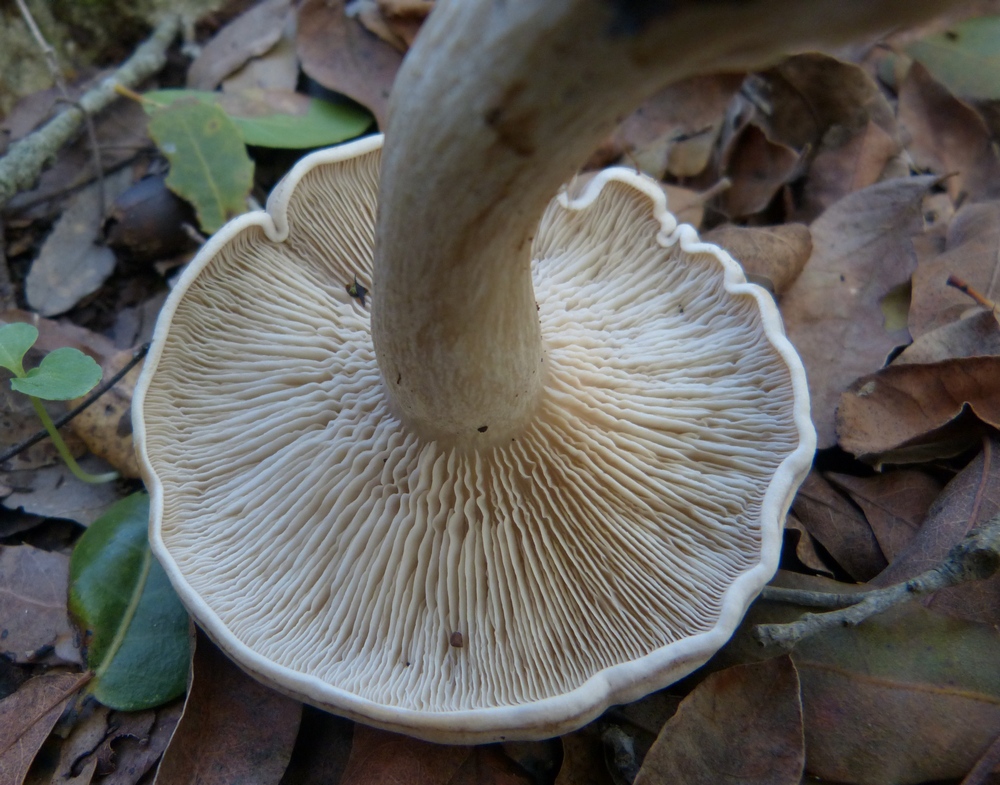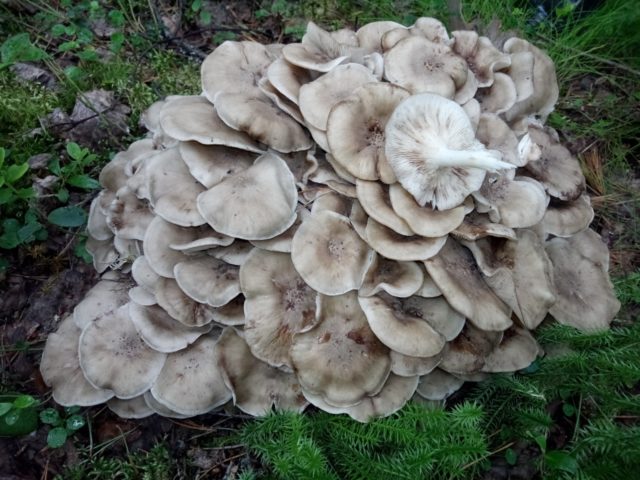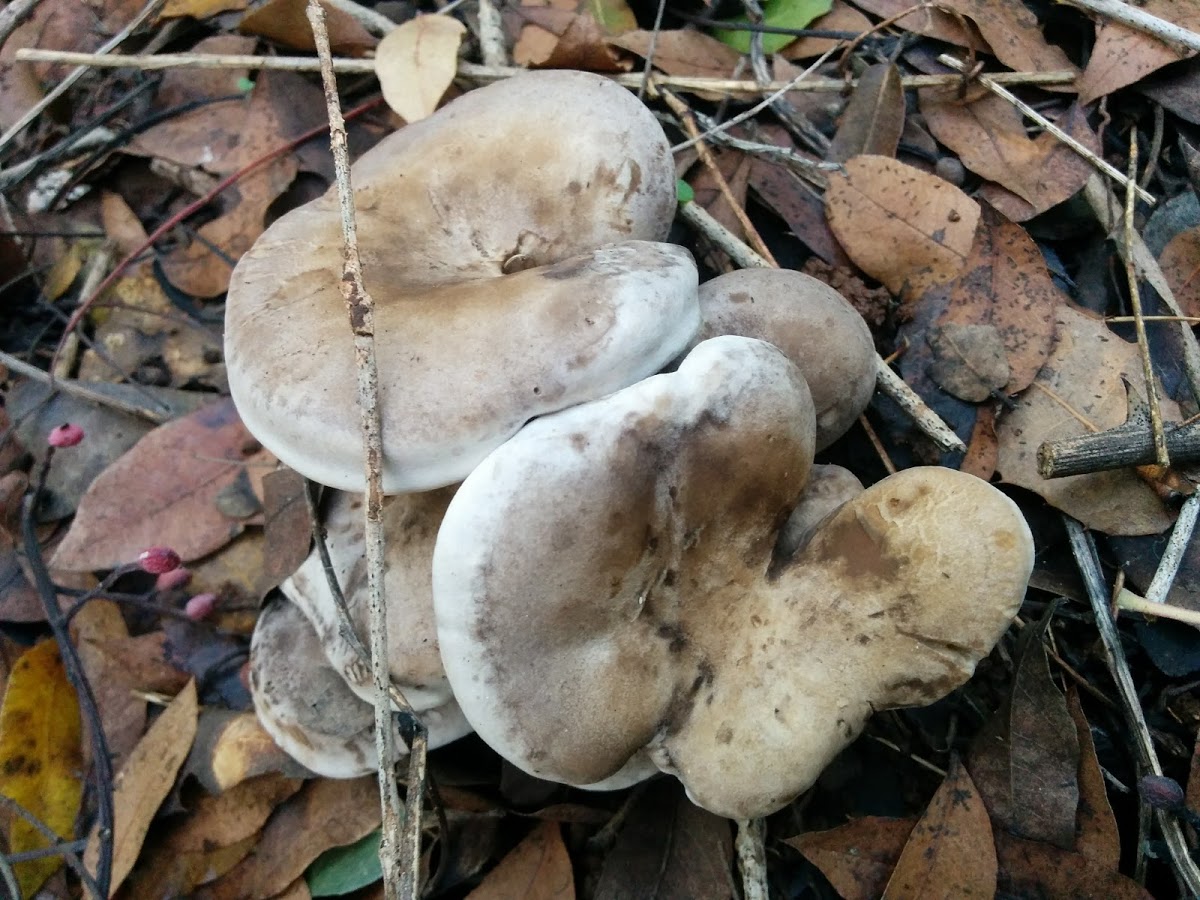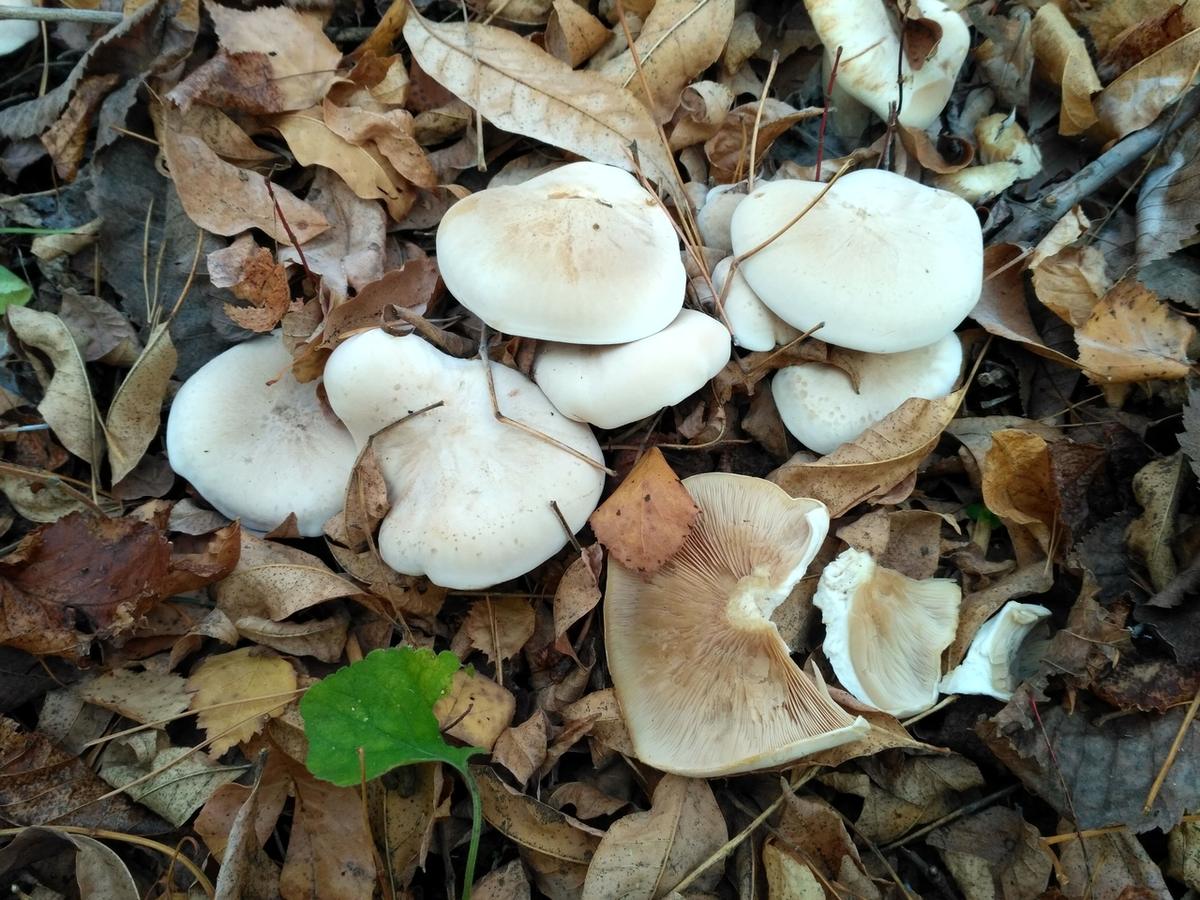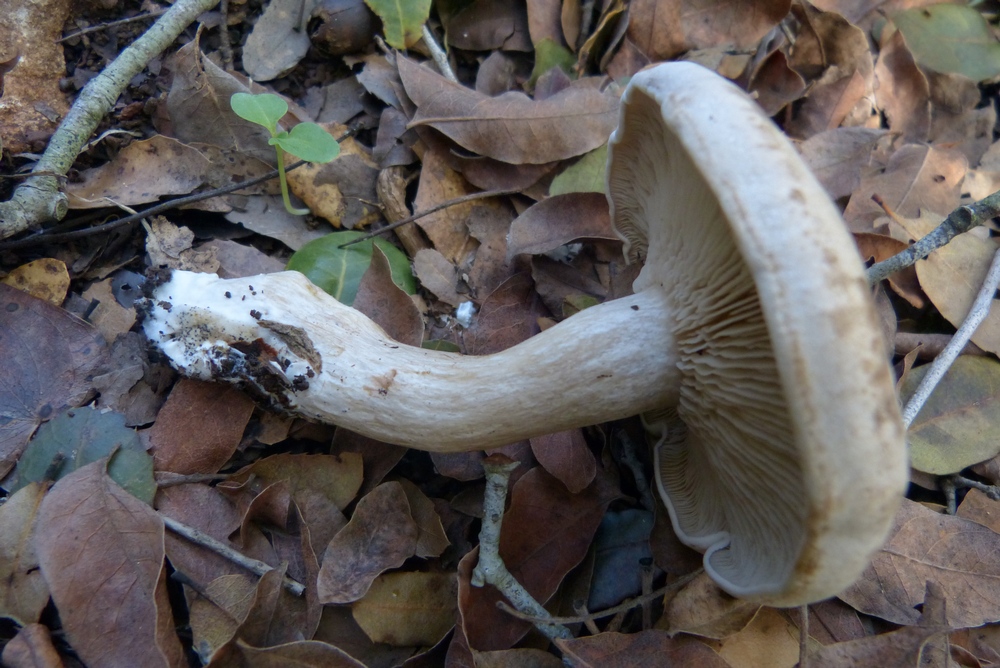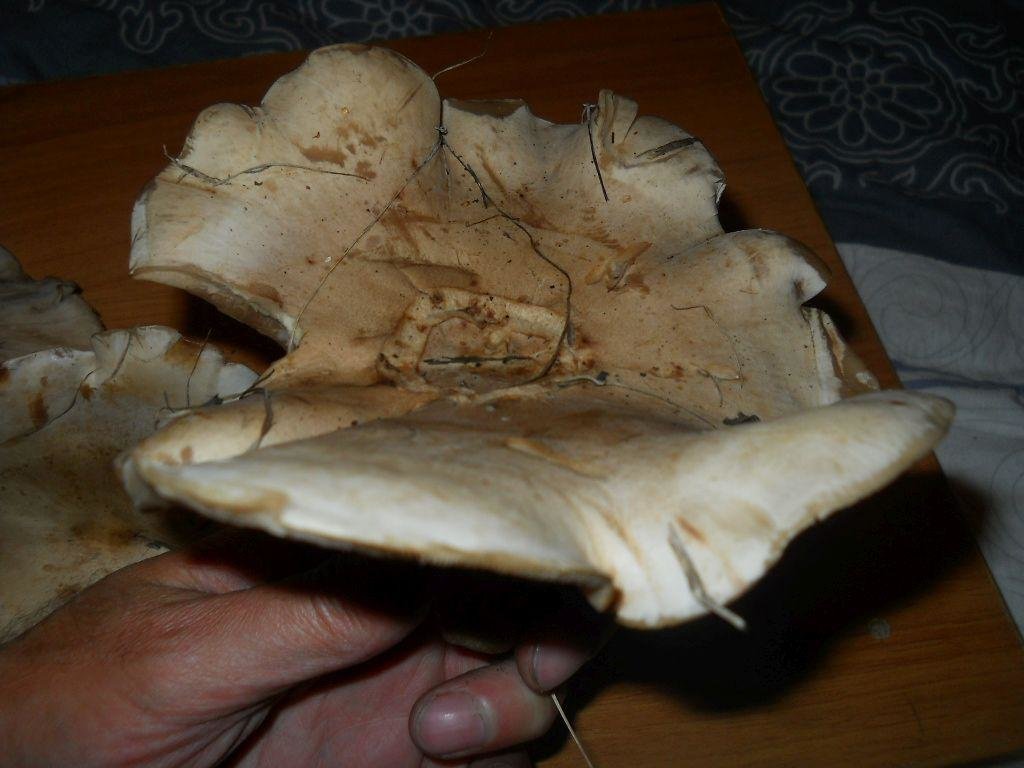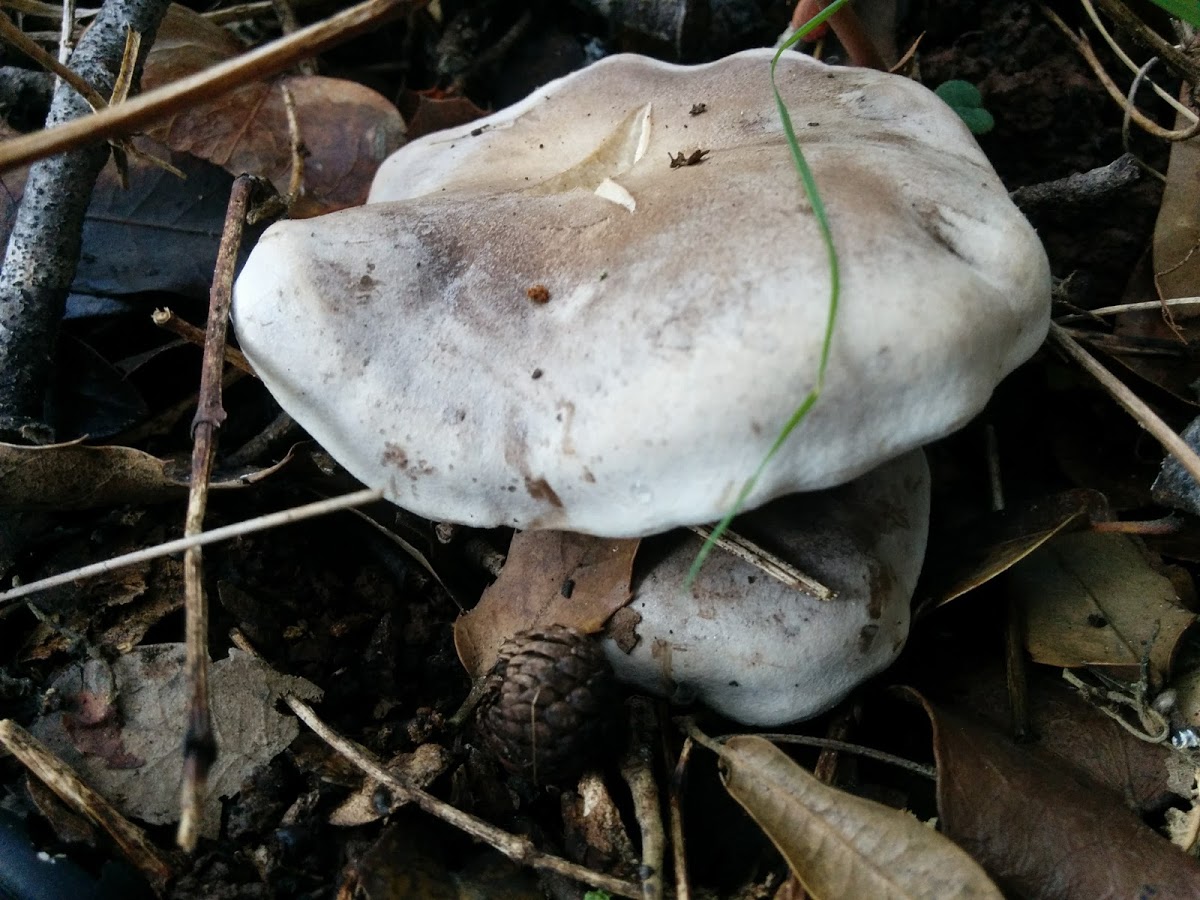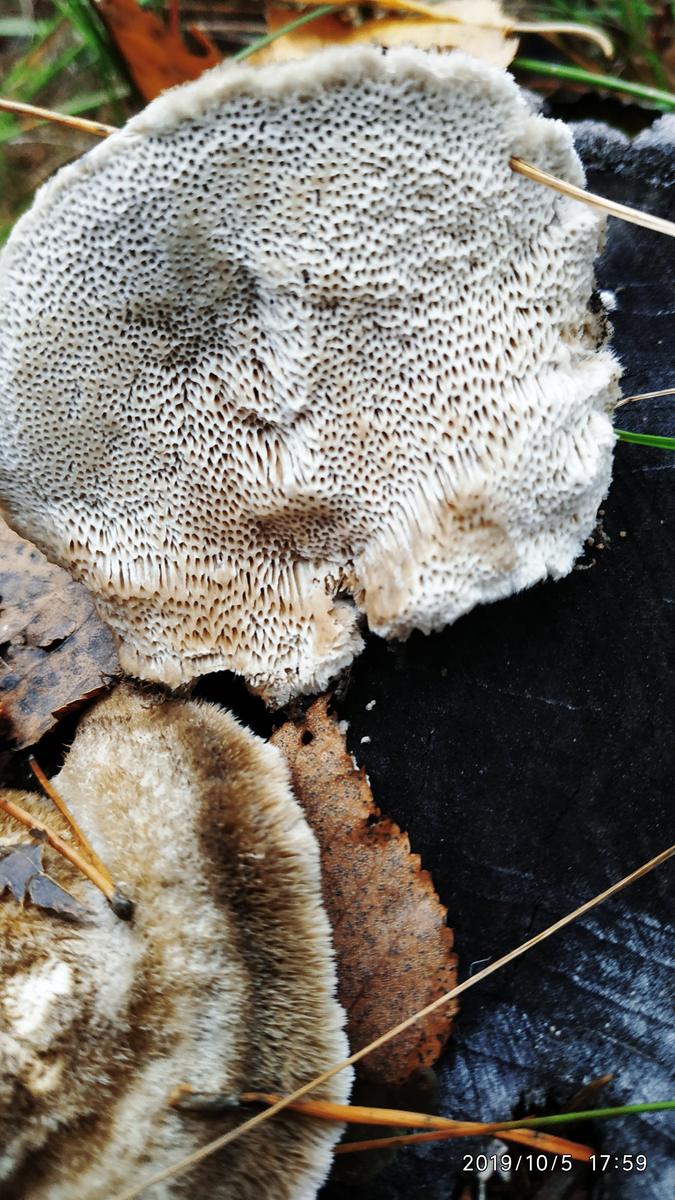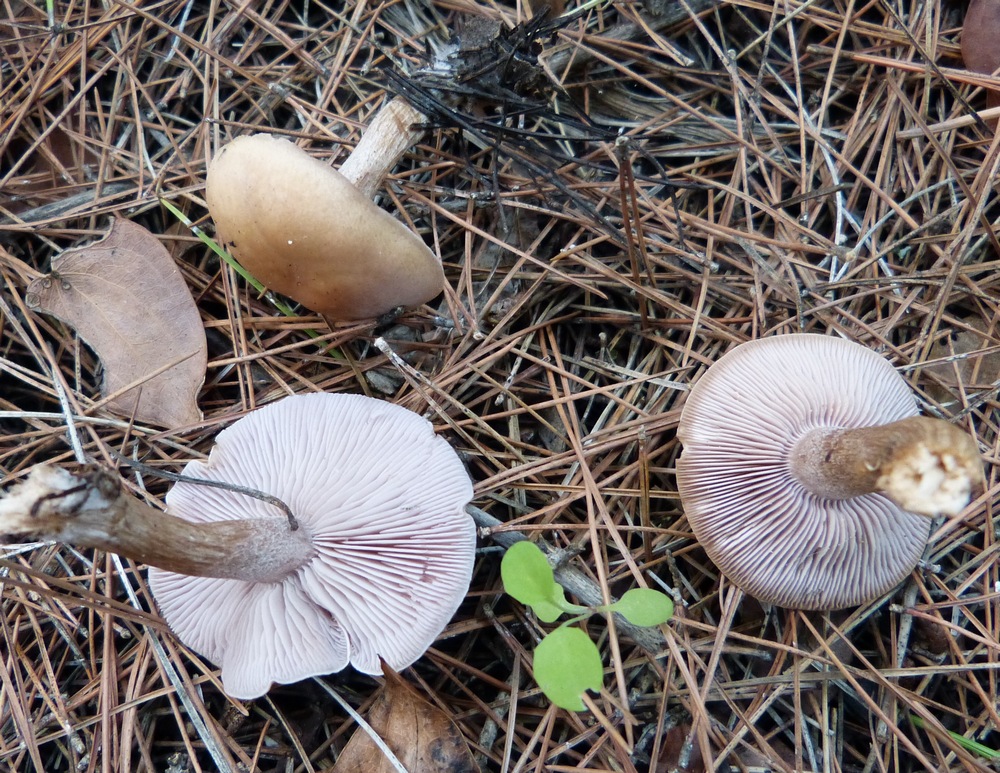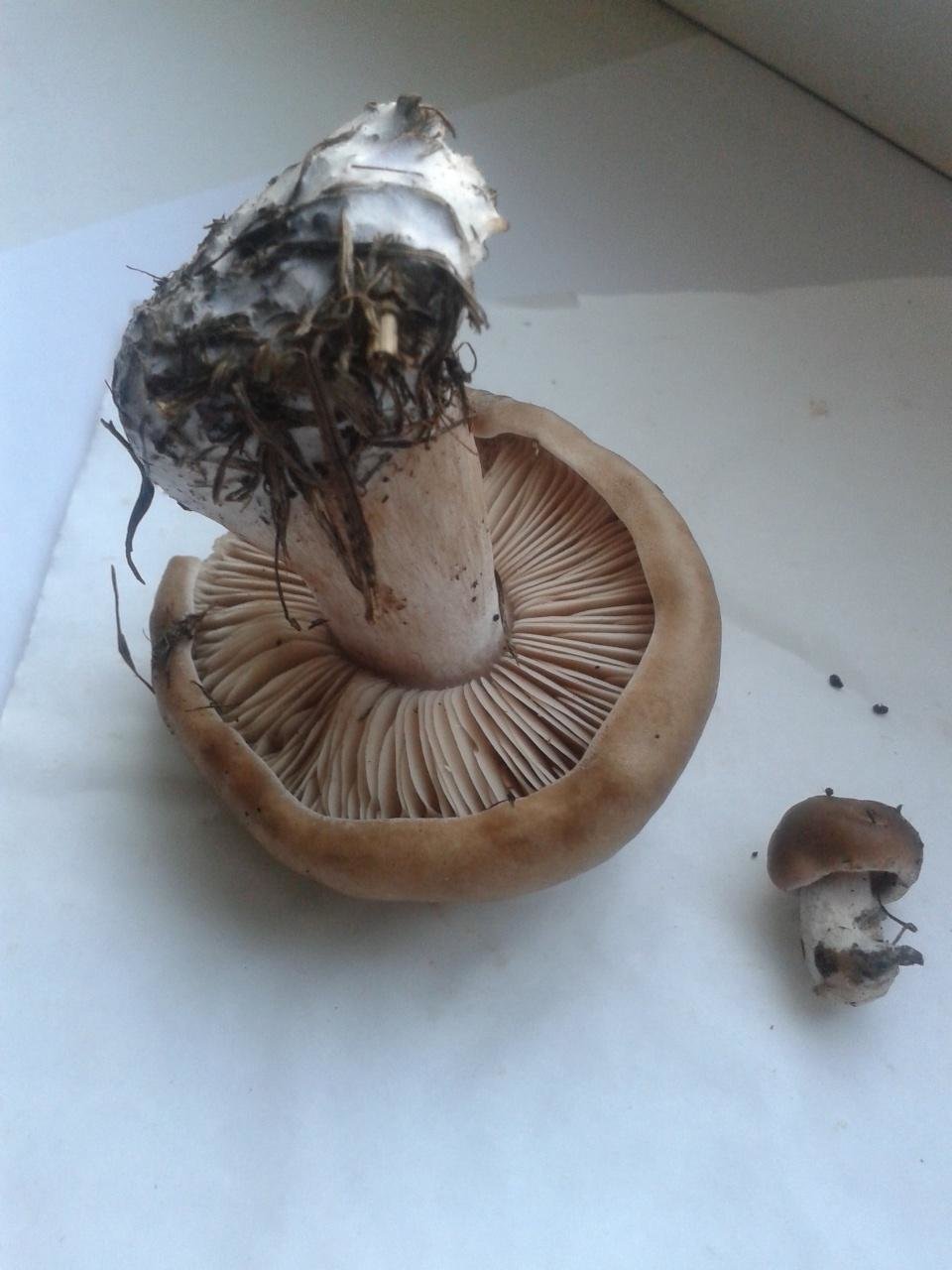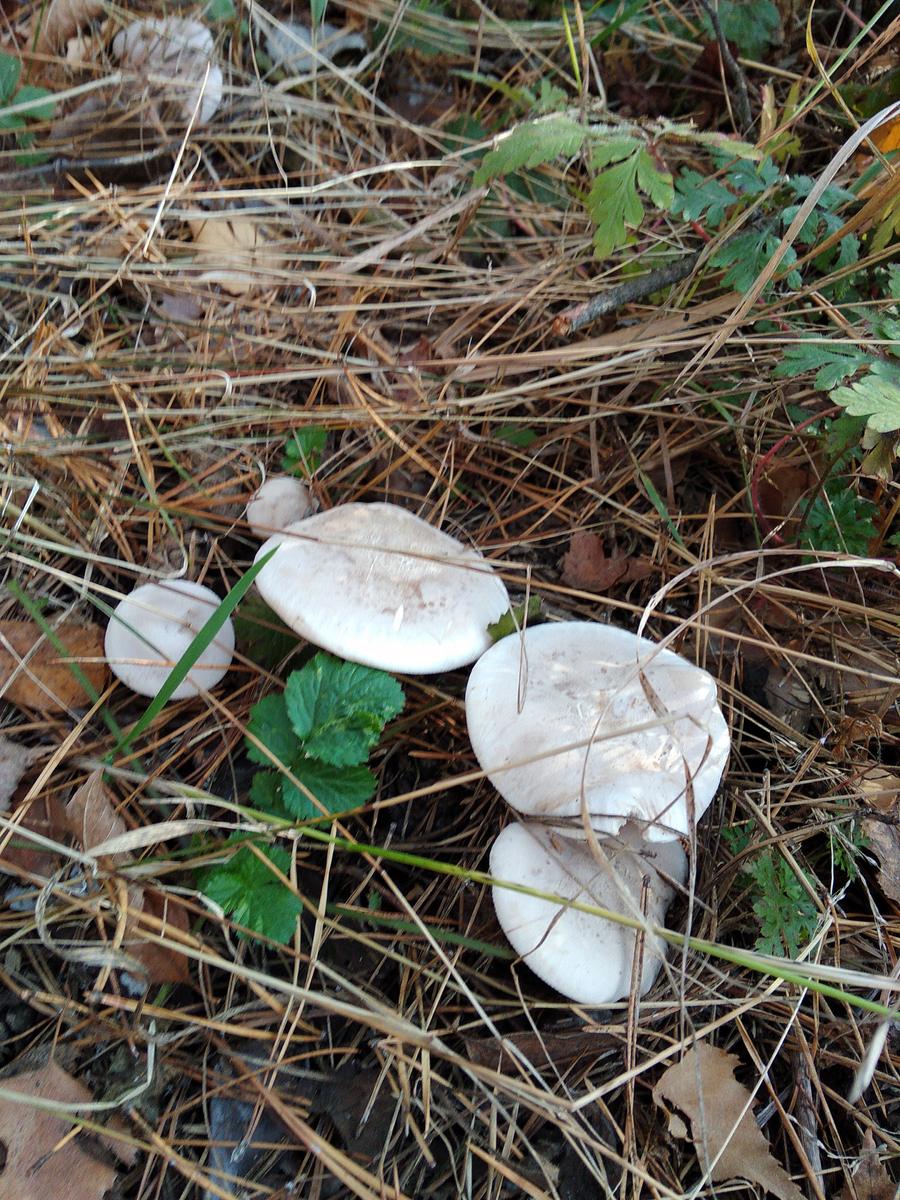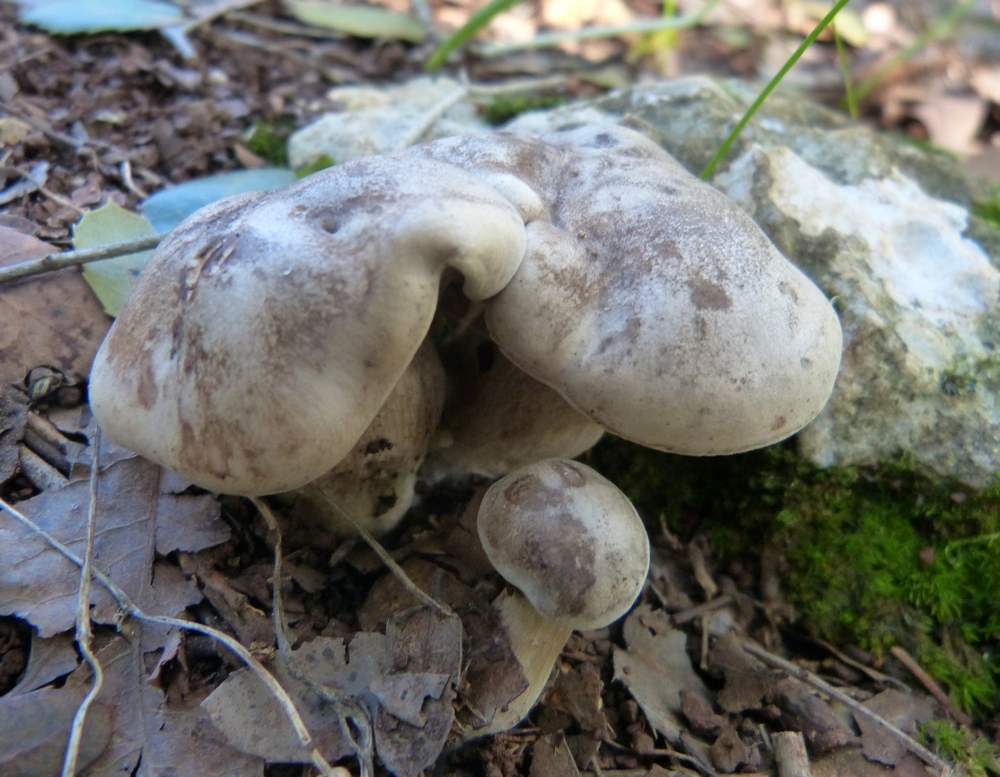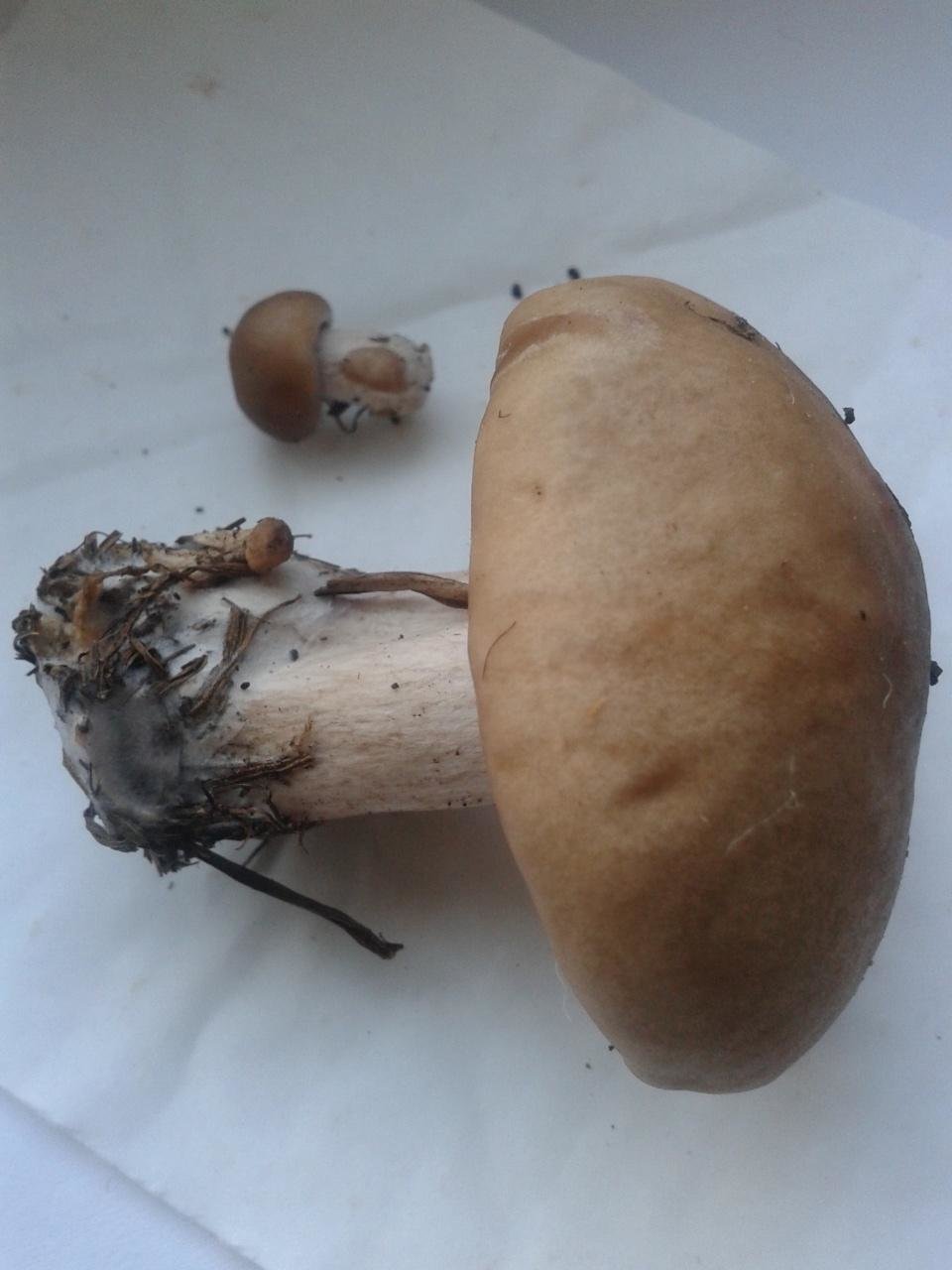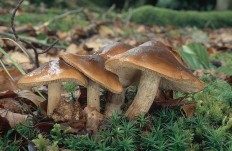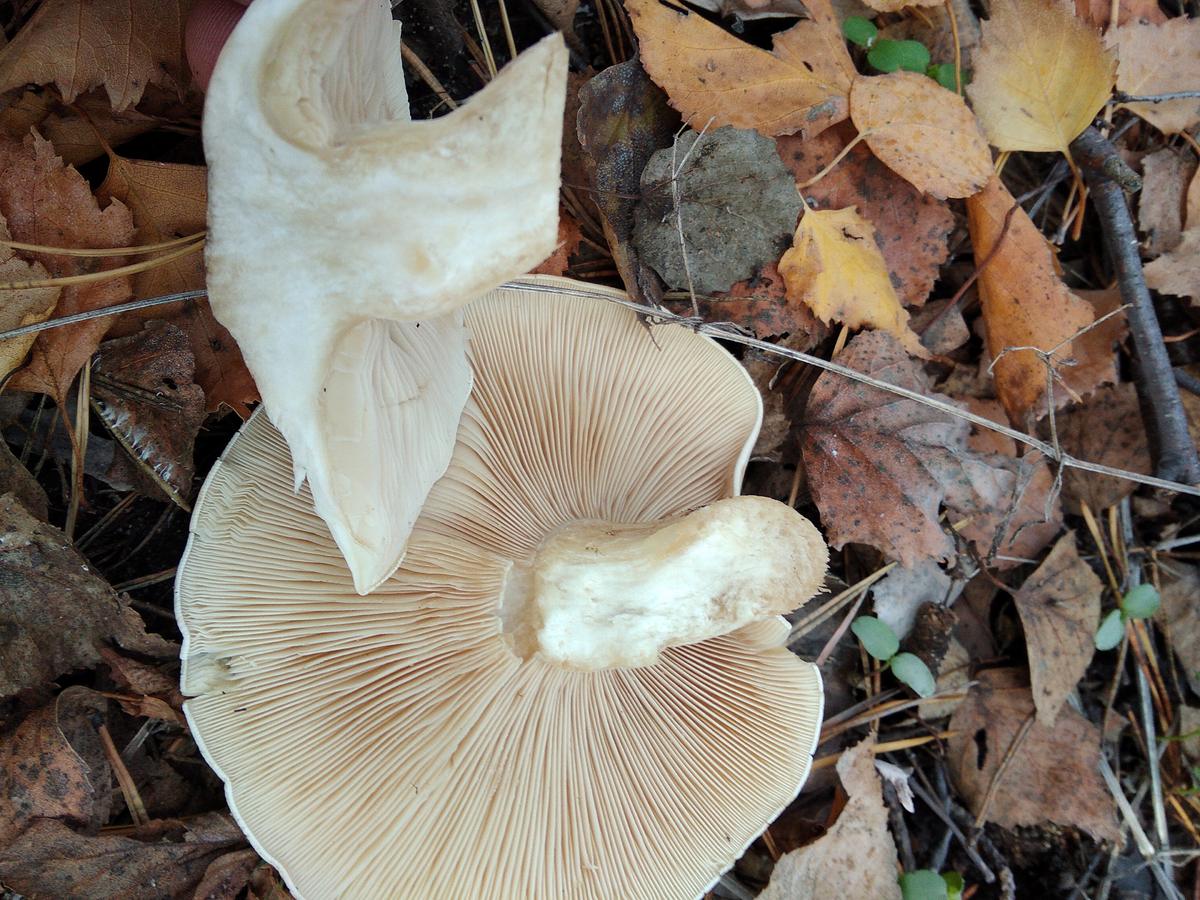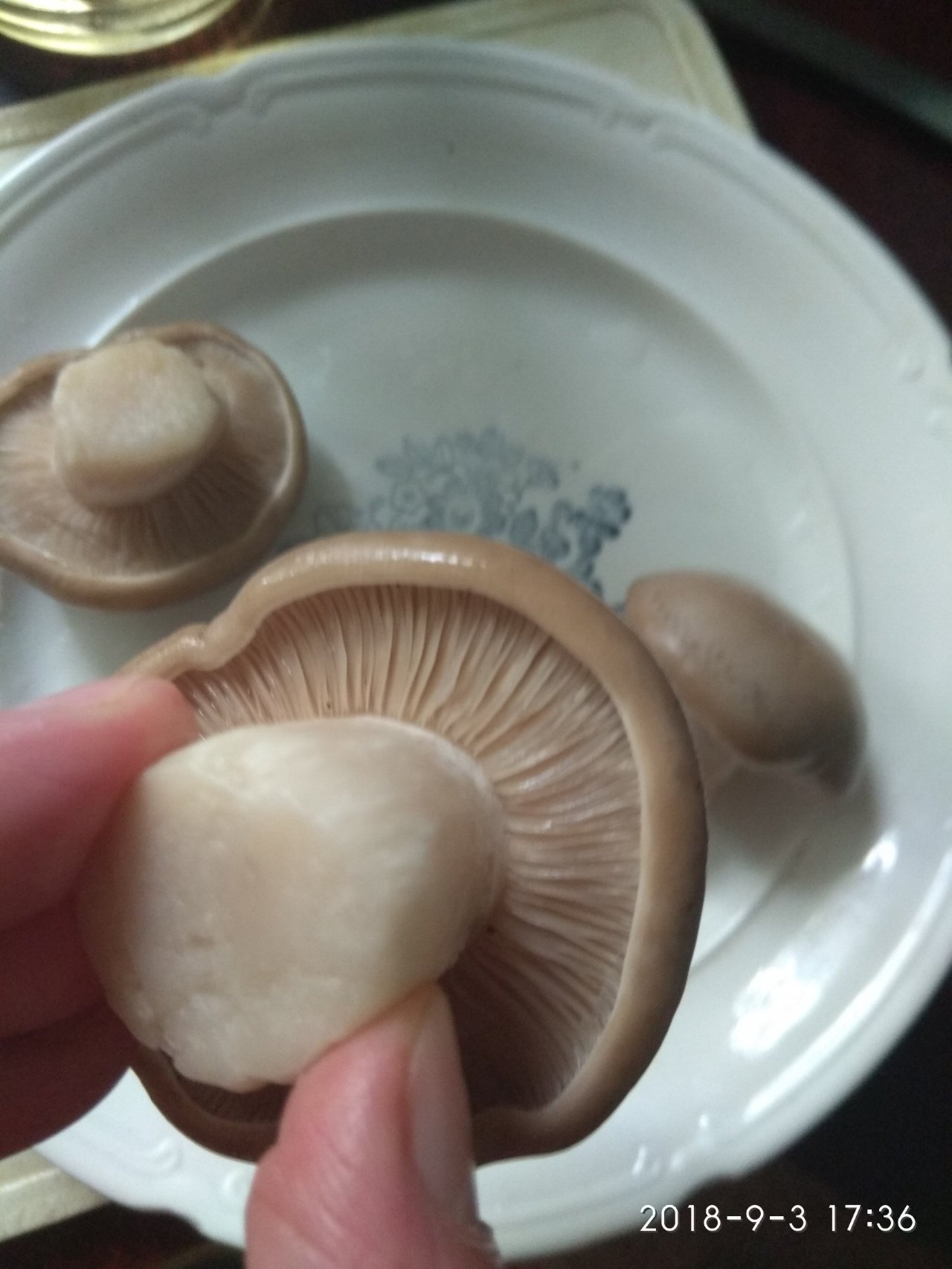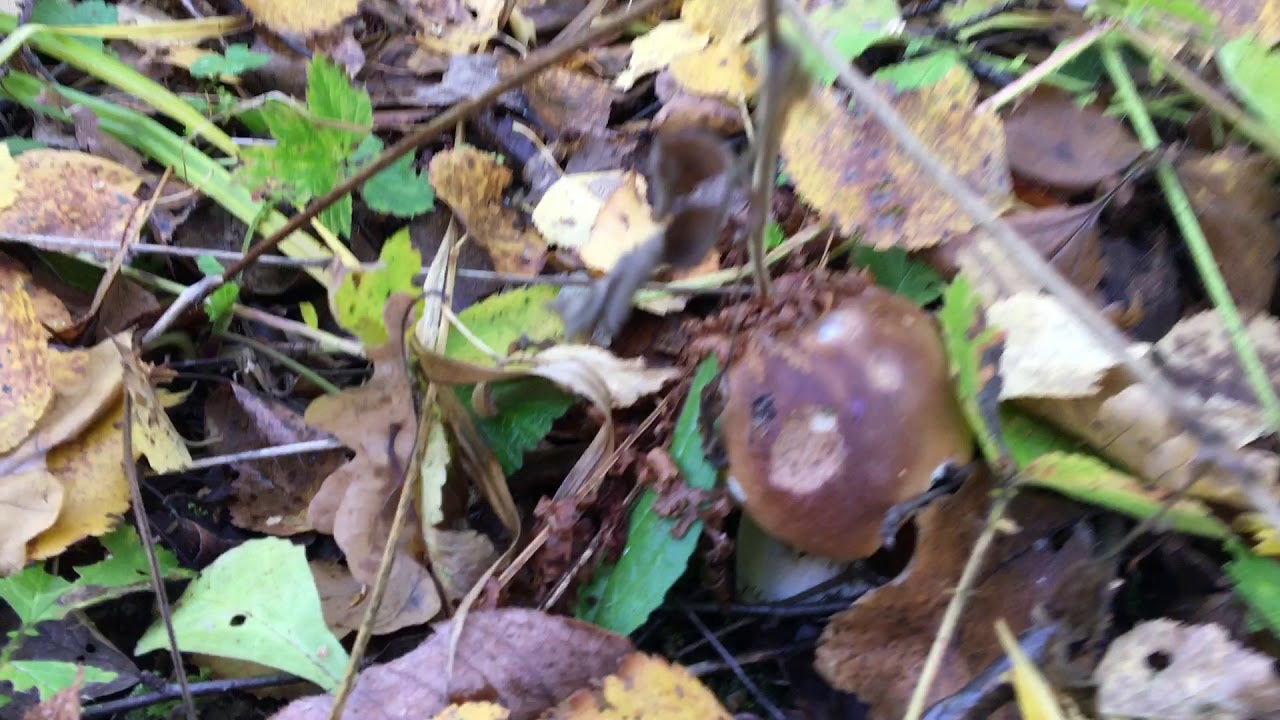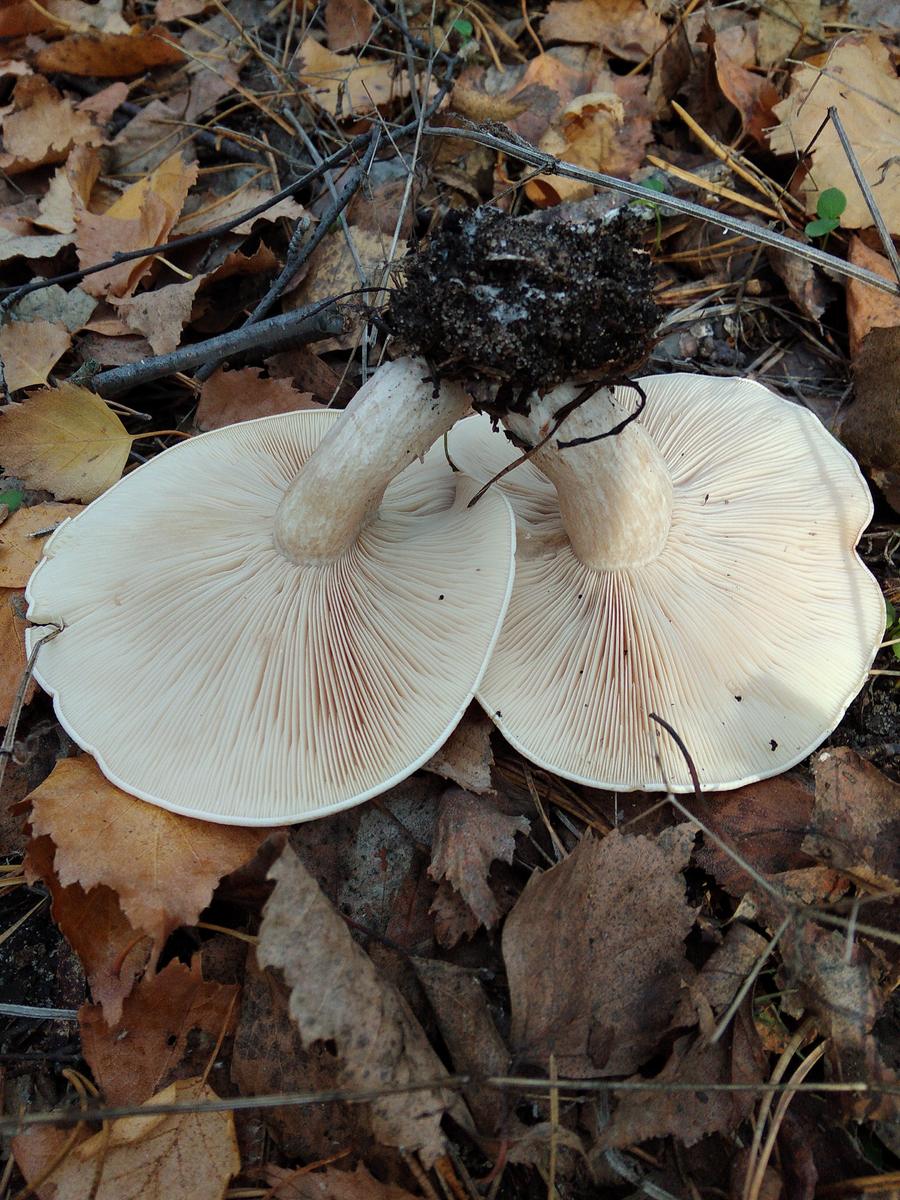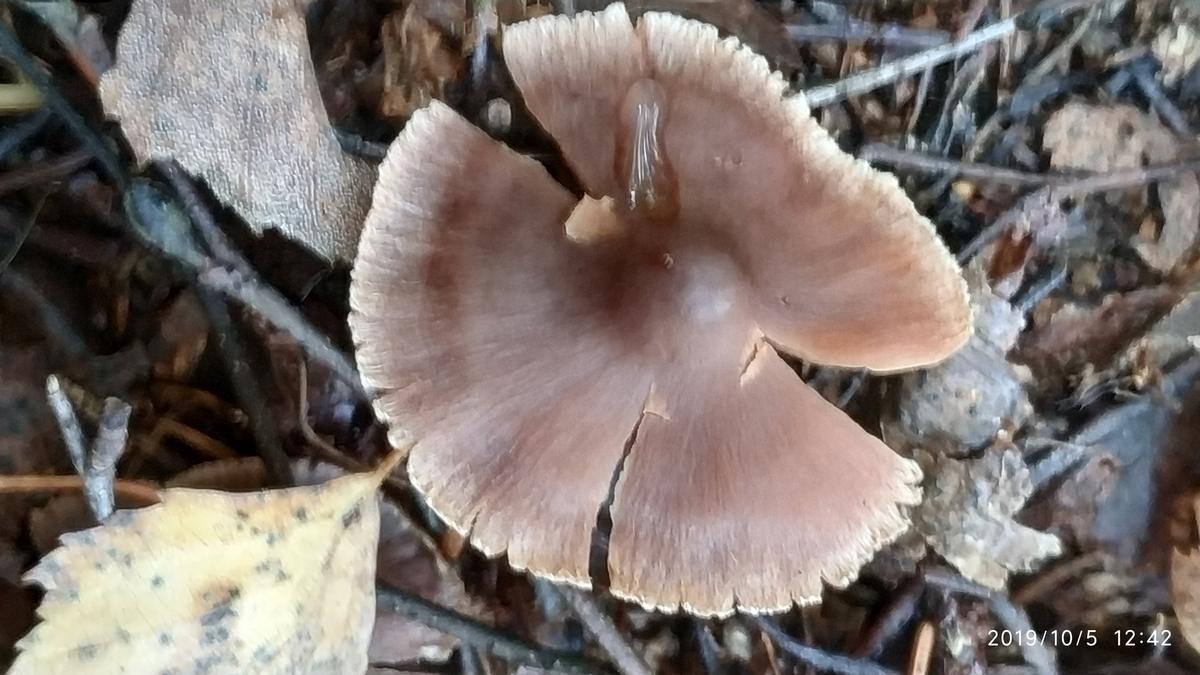Talkers are whitish, whitish and reddish-brown
Whitish talker (Clitocybe candicans). The cap is 1.5–5 cm in diameter, initially convex, later flattened to a concave one, the edge is thin and lowered. The skin is slightly mealy at first, then shiny, smooth. The color is white, sometimes with a faint pink tint. The plates are frequent, weakly descending, white. The pulp is thin, white, the smell is expressionless, the taste is pleasant.
The leg is 2–4 cm high, up to 0.5 cm in diameter, cylindrical, often bent at the base, tomentose-pubescent. The color is white or yellowish.
Spore powder. White.
Habitat. In forests of different types on litter and needles.
Similarity. With other small white talkers, which should be refrained from collecting.
Use. The mushroom is suspicious, in different sources it is designated as poisonous, inedible, non-poisonous. According to some reports, it contains muscarine.
The leg is 2–4 cm high, up to 1 cm in diameter, cylindrical, slightly thickened towards the base, whitish or creamy, at first solid, later hollow.
Habitat. In meadows, pastures, on forest grassy edges.
Season. Summer autumn.
Similarity. The mushroom is extremely similar to the willow (Clitopilus prunulus), which has a much stronger floury smell and in which the plates acquire a pinkish tinge at maturity.
Use. A very poisonous mushroom due to its high muscarine content.
Cracking Talker, Reddish Talker (Clitocybe rivulosa). The cap is 2–5 cm in diameter, initially convex, later spreads out, depressed in the center, covered with a powdery white bloom, which cracks as the cap grows, revealing the main color - cream or reddish-reddish. As a result, the surface is covered with vague concentric zones. The plates are adherent, frequent, reddish-white, later cream. The pulp is thin, the taste is expressionless, the smell is inexpressive.
The leg is 2–4 cm high, 0.4–0.8 cm in diameter, of the same color with the cap, or reddish brown, slightly tomentose at the base.
Habitat. In forests, gardens, parks, often along paths, along the sides of ditches.
Similarity. With other small white talkers, with edible willow (Clitopilus prunulus), which has a flour smell and pink plates.
Use. The mushroom is very poisonous.
Caution: do not collect small white talkers if you are not sure of the exact definition.
Red & brown talker... The cap is 5–9 cm in diameter, wide-funnel-shaped, red-yellow, reddish-brown or rusty-spotted, often hygrophane. The plates are frequent, descending, cream or yellow-rusty. The pulp is thin, brittle, tough, reddish or pale yellow, sour smell, tart taste.
Habitat. In coniferous, less often deciduous forests.
Season. It is an autumn species that grows until frost-resistant.
Similarity. It looks like a water-spotted talker (C. gilva) growing in deciduous and coniferous forests, lighter colored and having watery spots on the surface; on the edible funnel-shaped govorushka (C. infundibuliformis), in which the plates are white.
Use. Previously, the red-brown talker and the water-spotted talker were considered edible, but later muscarine was found in them. The information in the literature about their edibility is very contradictory, moreover, their taste is mediocre, and therefore we do not recommend picking these mushrooms.
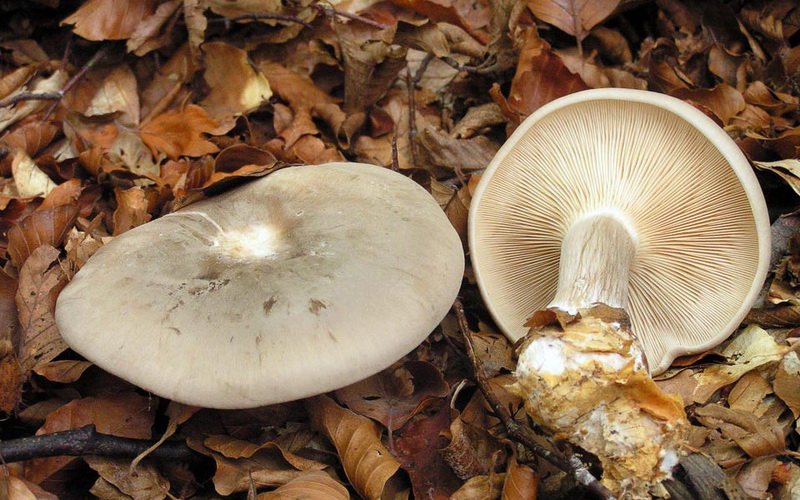
Large smooth bent talker in the photo
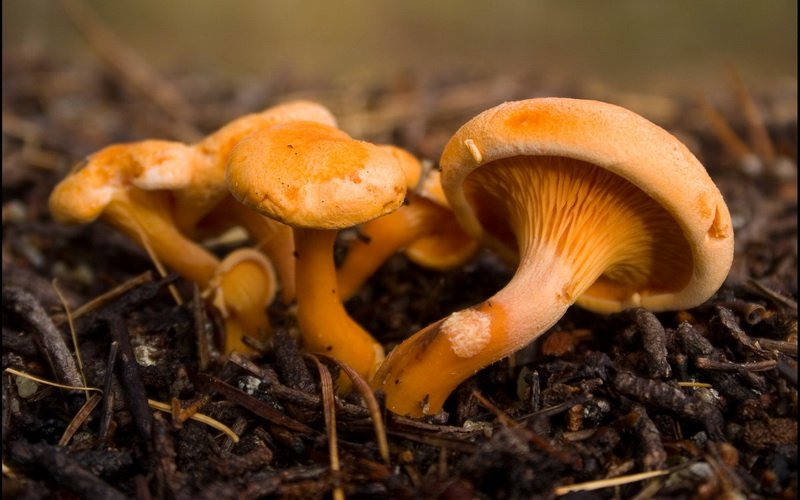
Rare edible mushroom Orange talker in the photo
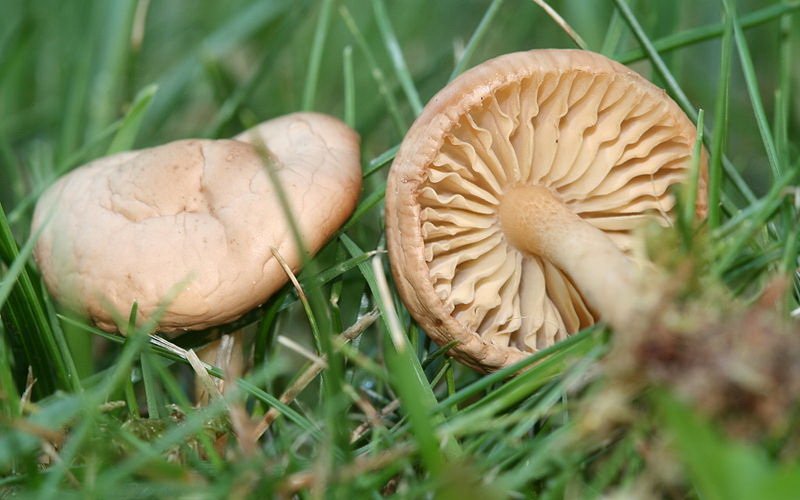
Whitish talker in the photo
L-L-L-L-L:
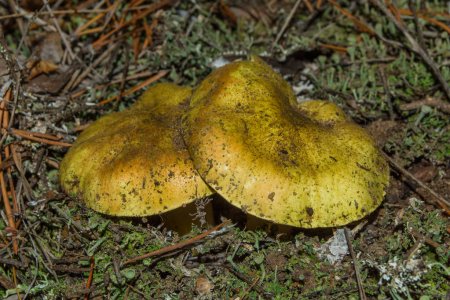 Burgundy »Open. Heart, heart, heart, heart , Agaricus equestris, lamb.Shallow, shallow, shallow, shallow, shallow
Burgundy »Open. Heart, heart, heart, heart , Agaricus equestris, lamb.Shallow, shallow, shallow, shallow, shallow
.
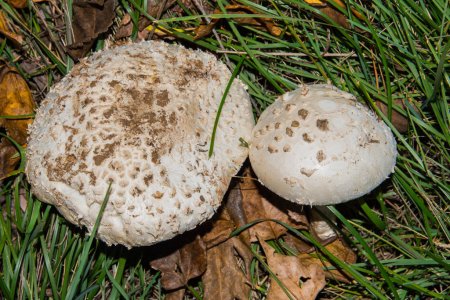 Amanita vittadinii mushroom. Amanita vittadinii вР° Ð °ÐÐ. Burgundy
Amanita vittadinii mushroom. Amanita vittadinii вР° Ð °ÐÐ. Burgundy
.
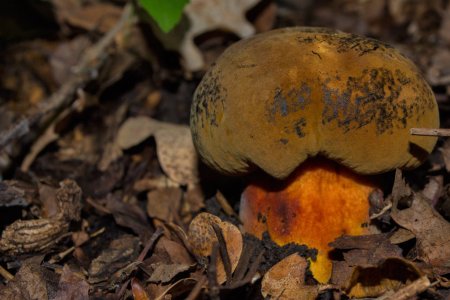 Suillellus luridus (Boletus luridus) Flare-up. Boletus luridus Power supply
Suillellus luridus (Boletus luridus) Flare-up. Boletus luridus Power supply
.
 Fistulina hepatica. Fistulina hepatica (See). Power supply. Power supply
Fistulina hepatica. Fistulina hepatica (See). Power supply. Power supply
.
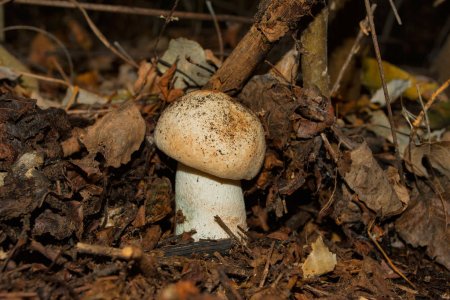 Hemileccinum impolitum mushroom. Good morning. Flip-flop. Power supply
Hemileccinum impolitum mushroom. Good morning. Flip-flop. Power supply
.
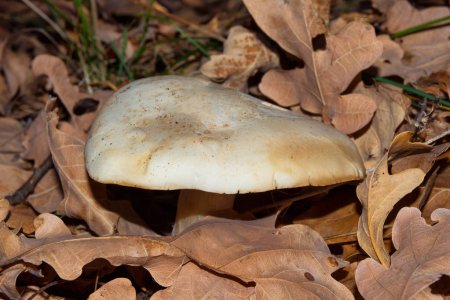 Lepista luscina mushroom. Bustle and bustle. Power supply
Lepista luscina mushroom. Bustle and bustle. Power supply
.
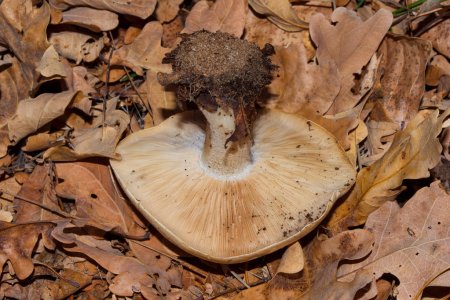 Lepista luscina mushroom. Burgundy and barking bush. Power supply
Lepista luscina mushroom. Burgundy and barking bush. Power supply
.
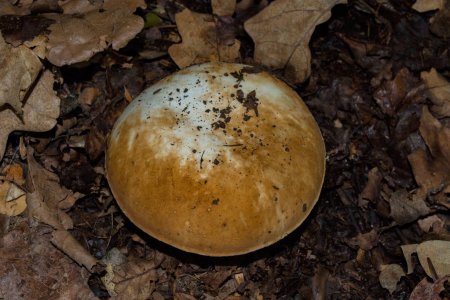 Boletus edulis Flare, flare, flare. Rose, captain, cep, porcini, king boletus macro. ÐÑиР± в коÑиÑнÐμвой ÑÐ »ÑпÐμ в л ÐμÑÑ
Boletus edulis Flare, flare, flare. Rose, captain, cep, porcini, king boletus macro. ÐÑиР± в коÑиÑнÐμвой ÑÐ »ÑпÐμ в л ÐμÑÑ
.
Evaluation of taste
The mushroom is considered edible, has a high taste, it is equated with a purple ryadovka. Lepista can cause minor, non-life-threatening stomach upset and should therefore be eaten unless contraindicated.
Primary processing and cooking recipes
Mushrooms need to be processed as soon as possible after harvest. Rows should not be kept in water for a long time, they will become tasteless. It is better to rinse them under running water. It is necessary to clear the fruits of forest debris, sort out, remove the rotten and wormy ones. Then pre-boiling is required. The water with the addition of salt is brought to a boil to taste, the lepists are dipped into it and boiled for 30 minutes.
The mushrooms are now ready for further processing. Violet rows can be frozen, fried, salted and pickled. They are wonderful in a mushroom mixture, stewed with sour cream. In order to salt, for 2 kg of fruit you will need:
- salt - 4 tbsp. l .;
- laurel - 6 pcs.;
- allspice peas - 6 pcs.;
- dill umbrellas - 3 pcs.;
- garlic - 6 cloves.
Salting process:
- Pre-boiled mushrooms are laid out in layers in a prepared container, alternating with salt.
- As the layers form, place the spices evenly over the entire area; they can be laid out on each row or through one.
- Sprinkle everything on top with salt, cover with gauze and press down with a load, set the container in a dark, cool place.
- After 3 weeks, the mushrooms can be tasted, and you can also put them in jars and refrigerate on the lower shelf.
It is necessary to pay attention to the formation of brine, which should appear no later than three days after salting, to increase the load as necessary. If you need to freeze the mushrooms for the winter, then after boiling they should be cooled and laid out in portioned containers, which are removed to the freezer.
You can take it out as needed, defrosting before cooking is not required
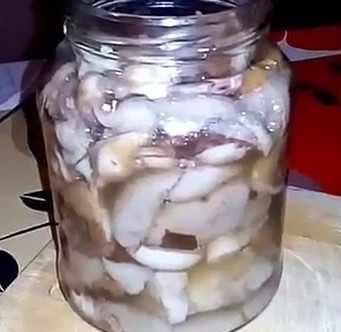 If you need to freeze the mushrooms for the winter, then after boiling, they should be cooled and laid out in portioned containers, which are removed to the freezer. You can take it out as needed; defrosting is not required before cooking.
If you need to freeze the mushrooms for the winter, then after boiling, they should be cooled and laid out in portioned containers, which are removed to the freezer. You can take it out as needed; defrosting is not required before cooking.
For pickling a row of violet, for 2 kg of mushrooms you will need:
- salt - 2 tbsp. l .;
- water - 2 l;
- sugar - 1 tbsp. l .;
- peppercorns - 5 pcs.;
- laurel - 3 pcs.;
- cloves - 3 pcs.;
- garlic - 3 cloves;
- horseradish and currant leaves, 2 pcs.;
- vinegar - 4 tbsp. l.
Cooking process:
- Bring water with salt and sugar to a boil.
- Place pepper, laurel, cloves, crushed garlic, horseradish leaves and currants there. Boil for a minute.
- Add vinegar, then fruiting bodies.
- Cook for 10-15 minutes.
- Put the rows in jars, pour marinade over them so that the fruits are completely covered with liquid. Put in the refrigerator.
The blank can be eaten immediately and served.
Benefits and harm to the body
Rows dirty - a dietary product with a rich chemical composition, which includes:
- vitamins B, A, C, K, PP;
- minerals;
- amino acids;
- natural antibiotics fomecin and cellocin;
- phenols;
- flavonoids;
- polysaccharides.
Among the properties of dirty ryadovka were identified:
- antiviral;
- antioxidant;
- anti-inflammatory;
- immunomodulatory.
This allows the use of a dirty row in the complex treatment of pathologies:
- rheumatism;
- arrhythmias;
- disorders of the nervous system;
- diabetes mellitus;
- osteoporosis;
- diseases of the genitourinary system.
Despite the benefits of using dirty rows, there are contraindications to their use. Do not use them as food for children under 12 years of age, women during pregnancy and lactation, persons with individual intolerance to the product, patients with pathologies of the gastrointestinal tract (especially with ulcers, gastritis).
False doubles
The danger lies in wait for lovers of quiet hunting after frost, when mushrooms lose their smell and practically do not exude it. But it is not difficult to distinguish a poisonous species, it is enough to carefully study the find, and in case of doubt, do not collect the fruit bodies and leave them in the forest.
| Name | Taste and smell | Hat and leg | Danger |
Violet Lepista |
Floral aroma, sweetish or light corn flavor | Whitish, matte cap, stem widened towards the base, white. May have pinkish tints throughout the fruiting body. | Edible |
Smoky Talker (White)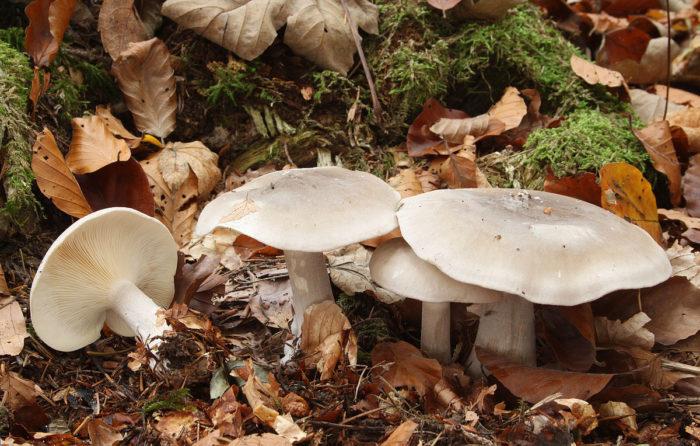 |
Fruity aroma, perfume | The color of the fungus is yellowish, off-white, the stem is clavate, grayish. | Edible |
White row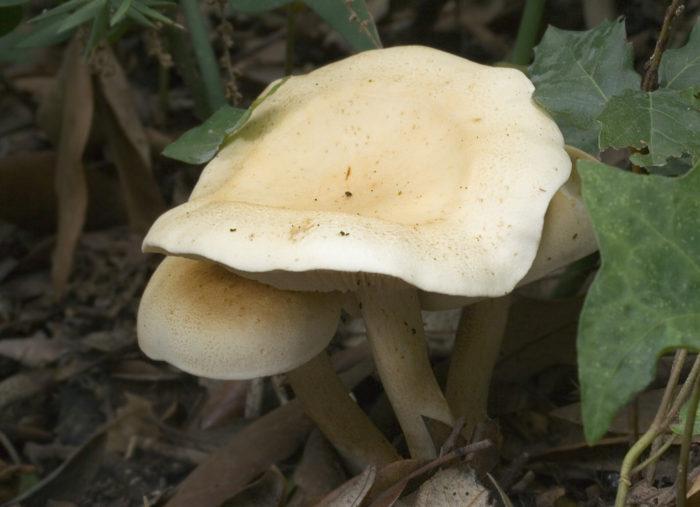 |
There is an unpleasant odor resembling a radish, the taste is pungent, pungent | A grayish-white mushroom, in the center the cap is yellowish, often brown, covered with ocher spots, the stem corresponds to the tone of the cap. At a break, the flesh changes color. | Poisonous |
Greyish talker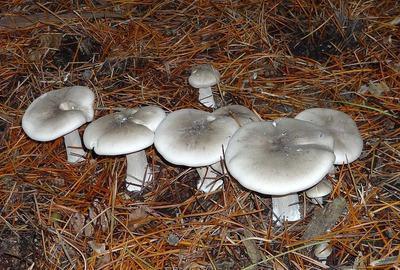 |
Astringent on the palate, with an aftertaste, pleasant aroma, spicy, very strong | The cap is covered with a white waxy bloom, and itself is flesh-colored, the stem is cylindrical, flattened from white, often turns into a dirty ocher color. | Poisonous |
Whitish talker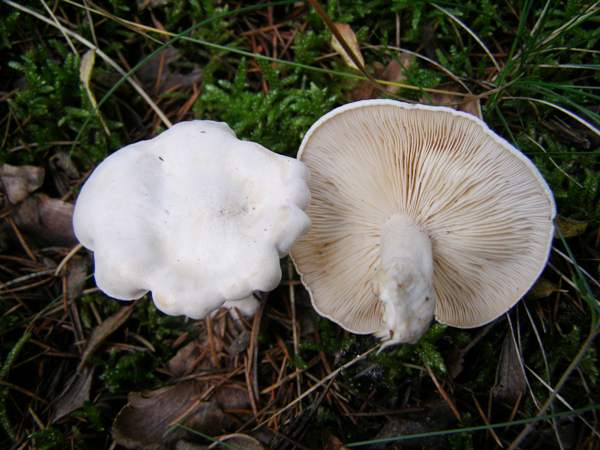 |
The smell is mealy, the taste is practically absent or expressionless | Mealy white or grayish white cap, ocher in old ones, cylindrical stem, tapering to the bottom. | Poisonous |
Mushroom taste
Many are afraid to collect dirty rows and use them for food. This is due to their color. The bluish tint makes this look look like toadstools. You should learn to distinguish between mushrooms, while the basic rule is: "If you are not sure - do not take it." Even the slightest doubt about the quality should end with the rejection of the mushroom.
Important! The smell can tell a lot about the quality and edibility of dirty rows. It should be fragrant, pleasant
Dusty and mealy - indicates that the specimen is poisonous.
Real ryadovki are tasty and are used in the preparation of various dishes. They are good in soups, as well as fried, boiled, salted, pickled. But for a complete guarantee of safety, the preparation of mushrooms is necessary:
- soaking in cold water;
- removing the skin from the cap;
- heat treatment for 15 minutes. and brine removal.
Inverted Talker (Paralepista flaccida)
Other names of the mushroom: Ginger-brown talker
Synonyms:
- Red & brown talker
- Clitocybe flaccida
- Omphalia flaccida
- Lepista flaccida
- Clitocybe infundibuliformis sensu auct.
- Clitocybe inversa
- Omphalia inversa
- Lepista inversa
- Clitocybe gilva var. guttatomarmorata
- Clitocybe gilva var. tianschanica

Description
Hat with a diameter of 3-11 cm (sometimes up to 14 cm); at first it is convex with the edges tucked inward, with age it straightens out to a flat one or even takes the form of a shallow funnel or bowl; its surface is dry, almost smooth, matte, orange-brown or brick-colored; hygrophane (turns pale when dry). The edge of the cap is often wavy, with pronounced depressions such as the spout of a jug, which distinguishes this species from the similar funnel-shaped talker (Clitocybe gibba).There is evidence that sometimes in inverted talkers, which appear already very late in the fall, the cap remains convex, without forming the usual depression in the center.
The plates are descending, narrow, rather frequent, at first almost white, later pinkish-beige or pale orange, with age they become dark orange or pink-brown.
Leg 3-10 cm in height and up to 1.5 cm in diameter, more or less cylindrical, dry, finely pubescent; painted to match the cap, only slightly lighter; pubescent of whitish mycelium at the base.
The pulp is thin (in the cap), whitish, with a sweetish odor, which is sometimes compared to the smell of frozen orange juice or bergamot, without a pronounced taste.
Whitish to off-white spore mark Spores 4-5 x 3.5-4 μm, practically spherical to broadly elliptical, finely warty, non-amyloid. Cystyds are absent. Buckled hyphae.
Chemical reactions KOH stains the surface of the cap yellow.
Ecology and distribution
Saprophyte, grows scattered or in close groups on a coniferous litter, often at the foot of anthills, sometimes on wet sawdust and wood chips. More often found in coniferous and mixed forests, sometimes it grows on humus-rich soils, where it forms spectacular "witch rings". A common species in the Northern Hemisphere, common in North America, mainland Europe and Great Britain. The period of active growth is autumn, until the onset of cold weather, however, in some places it can shift to winter (for example, the coast of California), or continue - in mild climates - until January (for example, in Great Britain and Ireland).
What can be confused with an inverted talker
The funnel-shaped talker (Clitocybe gibba) found in the same biotopes is distinguished by a paler coloration, the absence of a wavy edge, and significantly larger, elongated white spores. In addition, it has a much thicker flesh in the cap. The brown-yellow bell (Paralepista gilva) has a lighter, creamy yellow or brownish-yellow hue, and the cap shows rounded watery spots (in youth) or dark rusty brown specks (in more mature specimens). The much larger Lepista multiformis is found in open grassy areas (meadows, roadsides, parks and lawns), and has been recorded in Europe (rather rare).
Edibility
Video about the mushroom Govorushka inverted:
Mushroom photo Inverted talker from questions in recognition:
Recipes
Salting Typically lamellar types of mushrooms are salted, distinguished by a pungent and bitter aftertaste. Rows can also be salted. For this, enameled glassware and wooden barrels are used. They must be clean. The hot and cold method is used for salting. If you decide to pickle mushrooms using the cold method, then they do not need to be boiled before this procedure. They are washed and cleaned. If the mushrooms do not have a pungent taste, then you do not need to soak them. Salt is put on the bottom of the dish, then you need to put mushrooms in a layer of 6-8 cm, again salt and again mushrooms. The container needs to be filled. Put 40-60 grams of salt per kilogram of mushrooms. In some cases, dill, pepper, garlic, bay leaves, black currant or cherry leaves can be placed in mushrooms. A wooden circle is placed on top of the mushrooms, oppression should be placed on it. Usually these are objects made of metal, bricks, lime stones. The mushrooms will settle after a few days and produce juice. After a month or a month and a half, the mushrooms can be eaten. Salting with the hot method Ryadovki, to which Lepista is dirty, can also be salted with the hot method. For this purpose, they need to be boiled in two waters (wait half an hour after boiling). Then place in a colander to glass the water. For 1 liter of mushrooms in a colander, you need 1 tbsp. l coarse salt. Then put in a bucket, put salt, mix, put a few leaves of laurel and peppercorns (four or five peas). Horseradish leaves are used to cover the mushrooms on top. You need to leave for a week or five days, pressing down with oppression.Before serving, put garlic or onions in them.
Row lilac (Lepista saeva)
- Other names for the mushroom:
- Rowing lilac
- Rowing two-color
- Bluefoot
Other names:
- The teacher;
- Blue root;
- Lepista personata.
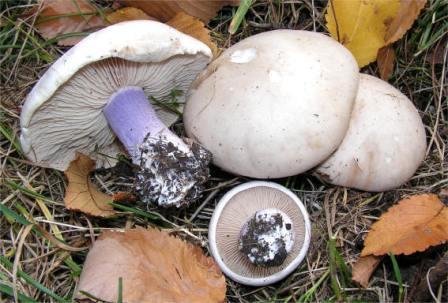
Lilac-footed ryadovka (Lepista saeva, Lepista personata) is a mushroom from the Ryadovok genus, belonging to the Ryadovkov (Tricholomov) family. This type of mushroom is very resistant to cold weather, and its growing season can continue even when the outside temperature drops to -4ºC or -6 ºC.
External description
The cap at the lilac-footed row has a diameter of 6-15 cm, in shape it is pillow-shaped, flat-convex. True, there are also such blue feet, in which the caps are simply huge, and reach 20-25 cm in diameter. The surface of the mushroom cap is smooth to the touch, and in color it is yellowish with a purple tint. The flesh of the cap in this type of mushroom is dense, thick, and in mature mushrooms it turns into loose. Its color is gray-violet, sometimes - gray, gray-brown, white. The pulp often emits a fruity aroma, has a pleasant sweetish aftertaste.
The fungal hymenophore is represented by the lamellar type. The plates in its composition are located freely and often, are characterized by a large width, yellowish or creamy color.
The leg of the lilac ryadovka is even, slightly thickened near the base. In length, it reaches 5-10 cm, and in thickness is 2-3 cm. In young bruises, the surface of the leg is covered with flakes (remnants of the bedspread), its fibrous structure is noticeable. As it matures, its surface becomes smooth. The color of the leg is the same as that of the cap of the described mushrooms - grayish-purple, but sometimes it can be bluish. Actually, it is the shade of the leg that is the main distinguishing feature of the purple-legged row.
Season and habitat of the mushroom
The lilac-footed row (Lepista saeva, Lepista personata) belongs to the category of southern mushrooms. Sometimes it is found in the Moscow region, the Ryazan region. In general, it is distributed throughout the territory of Russia. Active fruiting of the bluefoot occurs in the period from mid-spring (April) to mid-autumn (October). The described species of mushrooms chooses meadows, forests and pastures for its growth. A characteristic feature of lilac-footed rows is the principle of their arrangement. These mushrooms grow in colonies in large circles or rows. Bluefoots also love humus soils, so they can often be found near farms, in old compost pits and near residential buildings. This type of mushroom prefers to grow in open areas, but sometimes purple-footed rowers are also found in the forest. Often such mushrooms are found near deciduous trees (mainly scumpia or ash).

Edibility
The nutritional properties of the lilac ryadovka are good, this mushroom has a pleasant aftertaste and is similar in taste to champignons. Bluefoot is suitable for eating, very good in pickled and boiled form.
Similar types and differences from them
The relatively short purple leg will not give you the opportunity to confuse the bluefoot with any other mushroom, even if you are an inexperienced lover of "quiet hunting". In addition, lilac-footed rows are cold-resistant and are found in late autumn or even early winter. Other types of mushrooms do not have this feature.
Video about the mushroom Ryadovka purple-footed:
Waxy and giant talkers
Waxy talker is a rare poisonous lamellar mushroom. Grows singly or in small groups from late July to late September, preferring open, sunlit areas of mixed or coniferous forest with sandy soil or low dense grass.
In young mushrooms, the cap is convex, but in the process of growth it becomes slightly depressed or open, with wavy edges. There is a small tubercle in the center of the cap. The surface of the cap is smooth, matte, light gray in color, but in damp weather it darkens, and barely noticeable concentric zones appear on it.
The tissues of the waxy govorushka contain a poison that is dangerous to the human body, which can cause serious food poisoning.
Giant talker is a rare conditionally edible lamellar mushroom. It grows in large groups, forming the so-called witch circles, from late August to late October. Produces bountiful harvests annually. Prefers to settle in open areas of the forest, as well as in pastures.
Most often it is snow-white, less often the color of coffee with milk. On the underside of the cap there are descending plates with bridges. Their color changes from beige to yellow as they grow. The leg is white, dense, up to 8-10 cm high and about 3-4 cm in diameter. The flesh is also white, fleshy, firm, with a faint powdery odor, in old mushrooms with a bitter taste.
The giant talker belongs to the fourth category of mushrooms. It is eaten only after preliminary boiling, after which you can prepare the first and second courses from it, as well as prepare it for future use - salt or pickle. The mushroom pulp contains a natural antibiotic - clitocybin A and B, which has a detrimental effect on the tubercle bacillus.
Description of the mushroom
Latin name - Lepista sordida; others - the row is dirty, titmouse, weedy or dirty.
The shape of the cap is hemispherical or prostrate. Its color depends on the climatic conditions in which the mushroom grows, from lilac to light lilac, the color fades with age. On the surface, there may be subtle stripes running from the center to the edges. The cap is 4–8 centimeters in diameter. In young mushrooms, it has a more spherical shape and folded edges. A bump may form in the center.
The pulp is white or grayish, thin, saturated with moisture. It turns pink on contact with air, and turns red at high temperatures. The smell is not very pronounced, but pleasant. The color does not change on the cut.
The leg is similar in color to the cap, cylindrical. Its surface is smooth, silky, fibrous. It is about 0.8–10 cm thick, 4–6 cm high, tapering downward or even, often curved. In young specimens it is dense, and in mature specimens it becomes hollow inside. In colonies, the legs of this species can grow together.
Hymenophore (lower part of the cap): the plates are loose, thick, spliced with the surface of the fruiting body. They have a dirty purple color.
Spores are pinkish, smooth, rounded.
The talker is bent and gray
Gnoyovik syriy

Description. The hat is 1-3 cm high and up to 3 cm in diameter, at first cylindrical, shaggy, with white flakes from the bedspread, quickly spreading. The plates are whitish at first, then black. Stem 5-10 × 0.3-0.5 cm, slightly thickened downward, with a tapered continuation in the substrate, hollow, whitish.
Growth. Grows in gardens and forests on rich soil.
Fruiting. Forms fruiting bodies in June - September, usually in groups.
Usage. Mushroom edible at a young age (consumed without alcohol).
The talker is bent. Grows singly and in large groups, forming wide rings, from early July to mid-October. It grows in the form of "witch's circles" on the edges of the forest, near roads and in bushes. Gives large yields on calcareous soils.
Fruiting from August to October.
Knowing the description of the talker fungus of this species, you will never confuse it with the poisonous entoloma (Entoloma sinuatum), in which the cap is not funnel-shaped and without a tubercle, the leg is not club-shaped, the pulp with a rancid odor. Entomola threatens with indigestion.
Gray or smoky talker (Clitocybe nebularis) is an edible mushroom. The cap is 7-15 cm, initially convex with a slight hump, then becomes flat with a small depression, thick fleshy ash-gray or gray-brownish. The plates are frequent, white-grayish or yellow-grayish. The leg is strong, fibrous, thickened below, white-grayish short, 2-4 cm thick. The pulp gives off the smell of toilet soap. In the hat, it is thick, fleshy, watery and loose in the leg. Spore powder is white.
Grows in coniferous, deciduous forests, in shrubs, near dead wood. Often in large groups.
Fruiting from August to November.
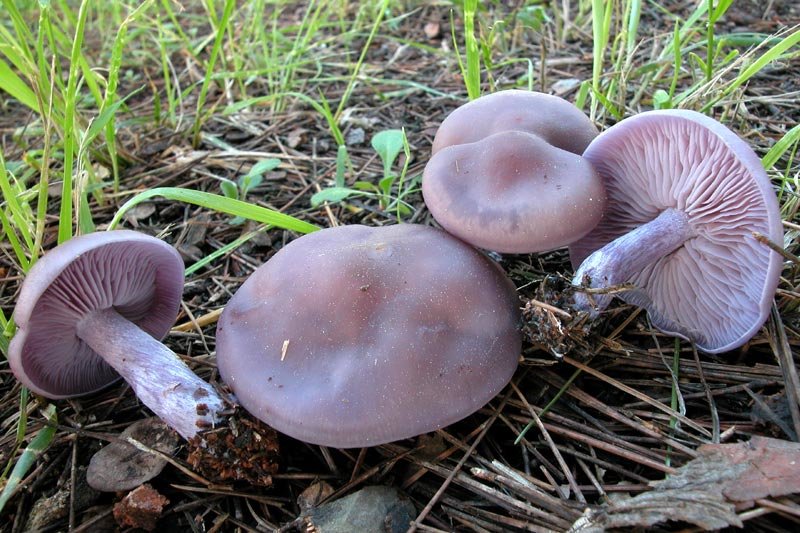
Smoky talker belongs to the fourth category of mushrooms. Without pretreatment, which is half an hour of boiling, it can cause food poisoning.
Previously, the mushroom belonged to unconditionally edible, now the views on its edibility have changed. The fact is that in some people, when consumed (especially young specimens), it can cause indigestion, increased sweating, and difficulty breathing. Strongly accumulates heavy metal salts. In any case, it requires mandatory pre-boiling and should not be abused.
Collection rules
The dirty ryadovka begins to bear fruit most abundantly in the fall, after the first September frosts and foliage falling.
Important! Mushroom pickers who go “hunting” for dirty rows should know well how they look, be able to distinguish them from inedible or poisonous species. Best picking time - morning hours
The mushroom picker will need a basket with hard walls, a sharp knife, comfortable clothes, waterproof shoes
The best collection time is in the morning. The mushroom picker will need a basket with hard walls, a sharp knife, comfortable clothes, waterproof shoes.
It is worth carefully examining the fruit body, making sure of its edibility, carefully cutting and placing in a basket, removing leaves and debris adhering to the caps. Upon arrival home, the mushrooms must be sorted, cleaned of dirt, soaked and further processed.
Row grayish-lilac (Lepista glaucocana)
Synonyms:
- Tricholoma glaucocanum
- Rhodopaxillus glaucocanus
- Clitocybe glaucocana

Description of the mushroom
A hat with a diameter of 4-12 (up to 16) cm, in youth from conical to hemispherical, then from flat-convex to prostrate, usually with a tubercle. The skin is smooth. The edges of the cap are even, wrapped inward in youth, then bent over. The color of the cap is grayish, possibly with a lilac, lilac, or cream shade. The cap is hygrophilous, especially noticeable in age fungi, it becomes brownish from moisture.
The pulp is white or grayish, may be with a slight shade of the color of the leg / plates, in the leg at its periphery and below the cap at the plates of the color of the leg / plates by 1-3 mm. The pulp is dense, fleshy, in old mushrooms it becomes watery in wet weather. The smell is not pronounced, or weak fruity or floral, or herbaceous, pleasant. The taste is also not expressed, not unpleasant.
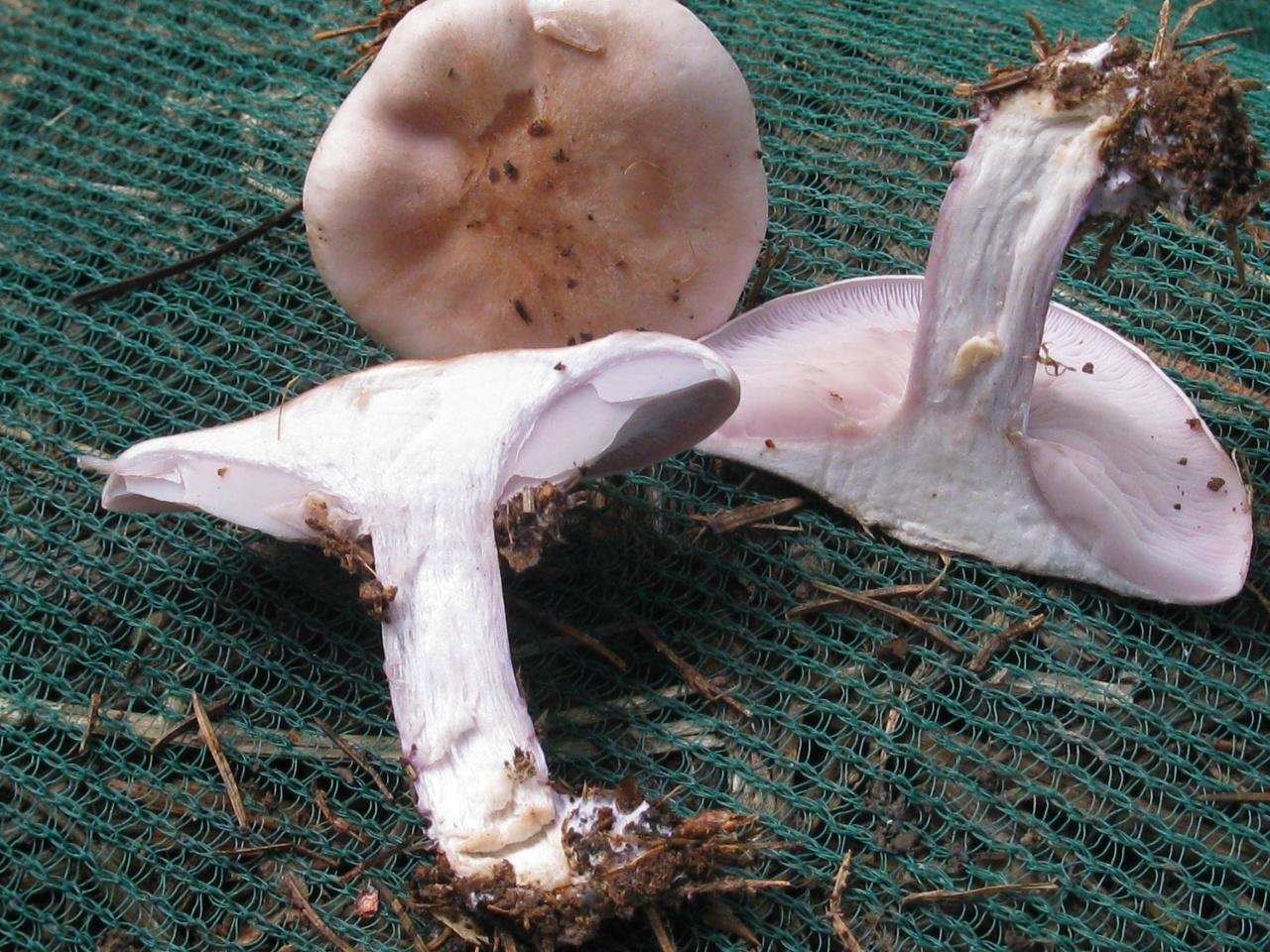
The plates are frequent, rounded to the stem, notched, in young mushrooms they are almost free, deeply adherent, in mushrooms with open caps they are noticeably notched, look like adherent due to the fact that the place of transition of the stem to the cap becomes not pronounced, smooth, conical. The color of the plates is grayish, it can be cream, with shades of purple or lilac, more saturated than the top of the cap.
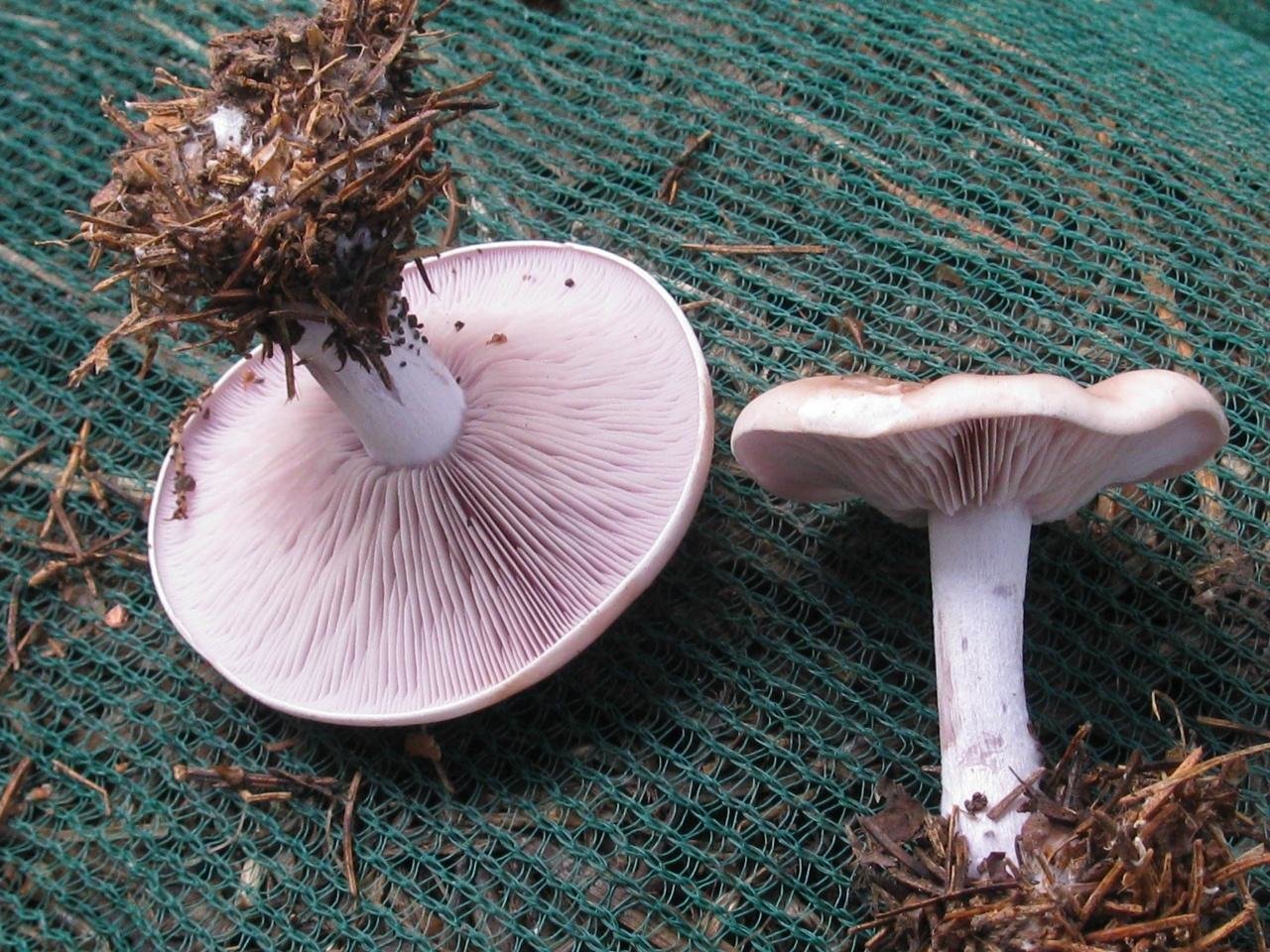
Spore powder beige, pinkish. The spores are elongated (elliptical), almost smooth or finely warty, 6.5-8.5 x 3.5-5 μm.
The leg is 4-8 cm high, 1-2 cm in diameter (up to 2.5), cylindrical, can be expanded at the bottom, clavate, can be curved at the bottom, dense, fibrous. The location is central. The litter grows from the bottom to the peduncle, sprouted by mycelium with shades of the color of the pedicle, sometimes in large quantities. The stem is the color of the mushroom plates, possibly with a mealy bloom in the form of small scales, lighter than the color of the plates.
Habitat
Grows in autumn in all types of forests with rich soil and / or thick leafy or coniferous litter; on heaps of leafy humus and in places where foliage is brought; on rich soils in floodplain copses of rivers and streams, lowlands, ravines, often among nettles and bushes. At the same time, the litter actively grows with mycelium. Likes to grow along roads, paths, where there is a significant amount of leaf / coniferous litter. Grows in rows, rings, from several to dozens of fruiting bodies in a ring or row.
Similar species:
- Row purple (Lepista nuda) is a very similar mushroom, in 1991 there was even an attempt to recognize rowovka grayish-lilac purple variety, however, the differences were sufficient for it to remain a separate species, although a synonym for Lepista nuda var appeared. glaucocana. It differs in a paler color, and the main difference is the color of the flesh: in violet it is richly violet throughout its depth, perhaps, with rare exceptions, except for the light center of the leg itself, and in the grayish-lilac color it appears only along the periphery in the leg and above the plates. and quickly disappears with distance to the center of the leg and from the plates.
- Violet row (Lepista irina) The mushroom is similar to a creamy grayish-lilac row, it has a strong odor.
- Lilac-footed row (Lepista saeva) It differs, firstly, in the place of growth - it grows in meadows, along river banks, along forest edges, in glades, in the grass, and the row is grayish-lilac in the forest with thick leaf or coniferous litter. Although, these species can overlap in their habitat on the edges. In the lilac-footed ryadovka, the characteristic lilac color appears only on the leg, and never on the plates, and in the grayish-lilac color of the leg is identical to the color of the plates.
Edibility.
Conditionally edible mushroom. Tasty. It is completely similar to the purple ryadovka. Heat treatment is necessary, since the mushroom contains hemolysin, which destroys red blood cells (like the purple row), which is completely destroyed during heat treatment.
Photo: Georgy.
Poisoning symptoms
Harmful substances that enter the body along with fungi can accumulate for 2 - 3 hours before the first signs of poisoning appear.
Poisonous mushrooms cause a reaction after 20 minutes. after taking. This is due to the increased content of poison. However, the inverted talker contains less dangerous toxins: their effect does not give instant results.
After taking, the first symptoms begin to appear, which may not be immediately noticed:
- slight dizziness;
- a slight decrease in blood pressure;
- drowsiness;
- decreased muscle tone.
After a few hours, serious symptoms are added to mild signs:
- nausea with increasing vomiting;
- diarrhea;
- sharp pain in the upper stomach;
- change in the shade of the skin;
- sweating;
- salivation;
- tachycardia;
- pressure surges.
Vomiting and diarrhea can lead to dehydration, which leads to concomitant symptoms: severe drowsiness, decreased coordination, fever, general weakness, and visual impairment.

